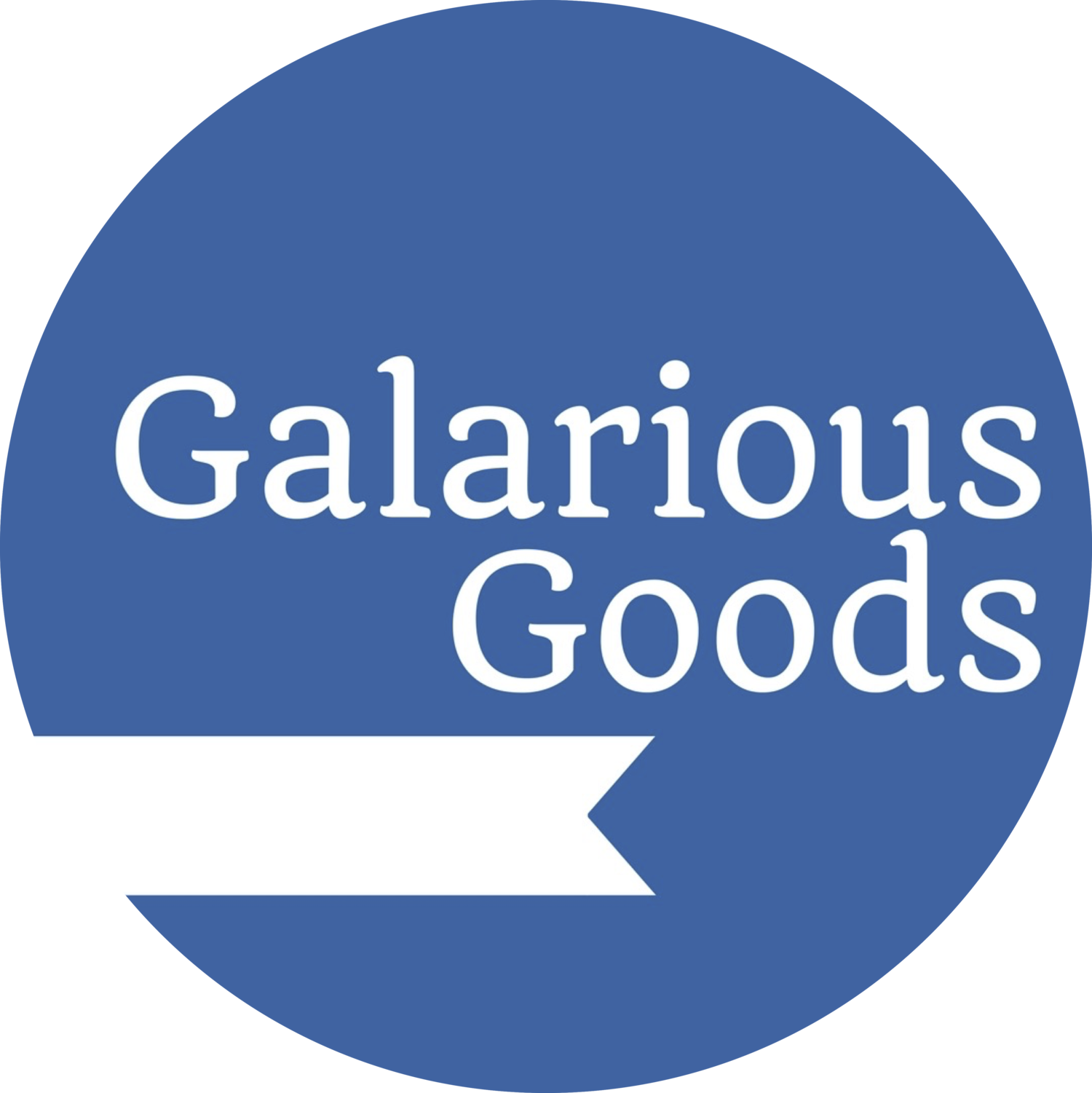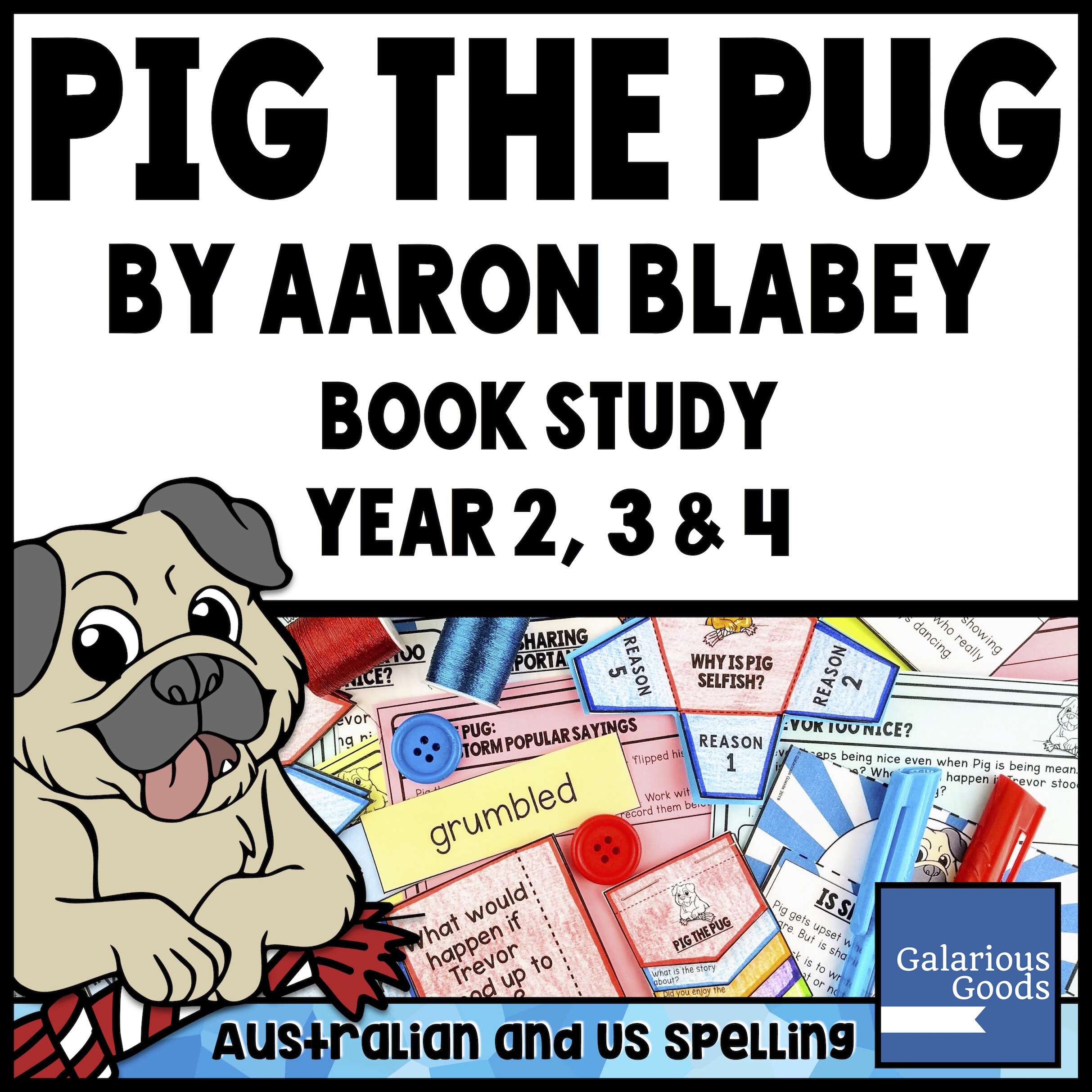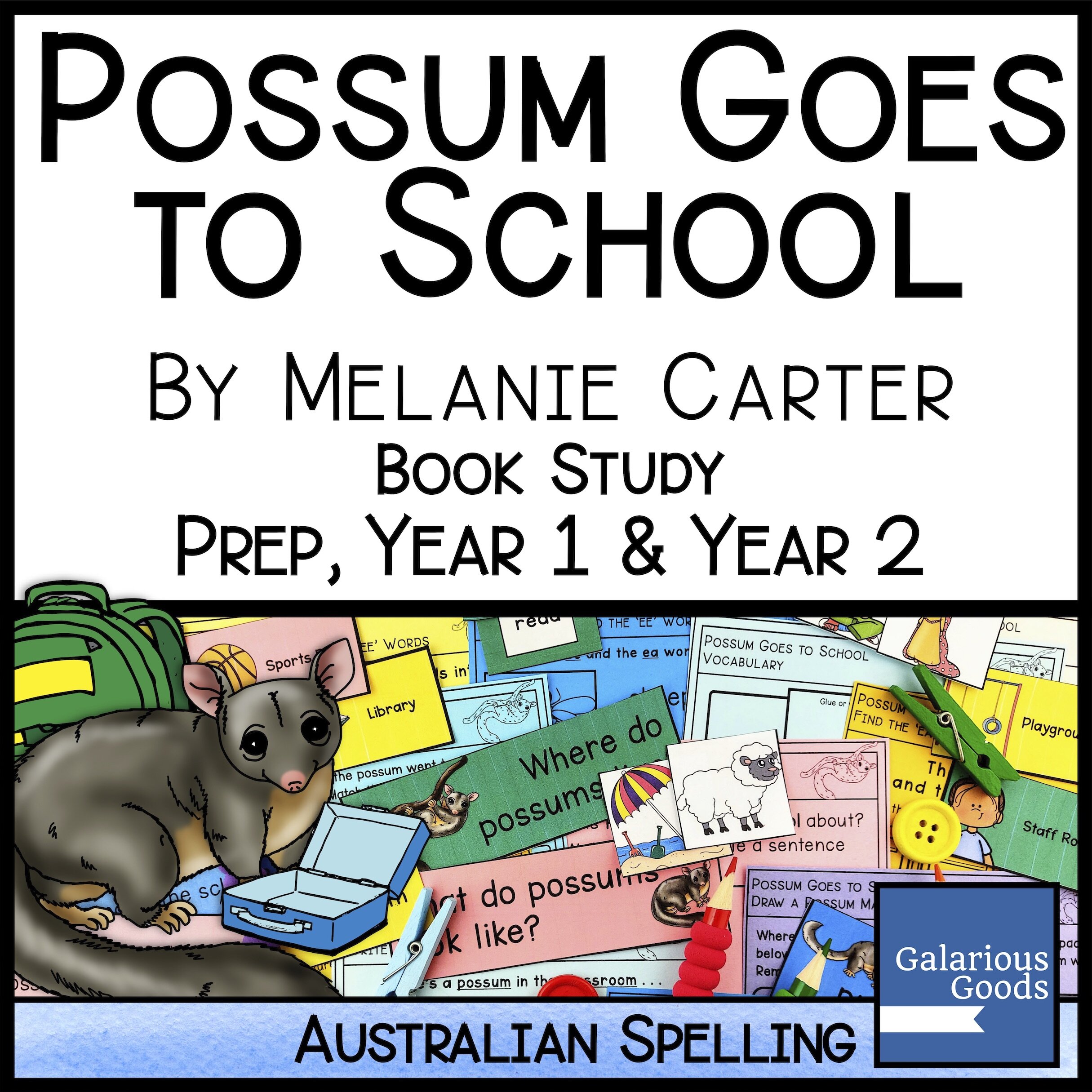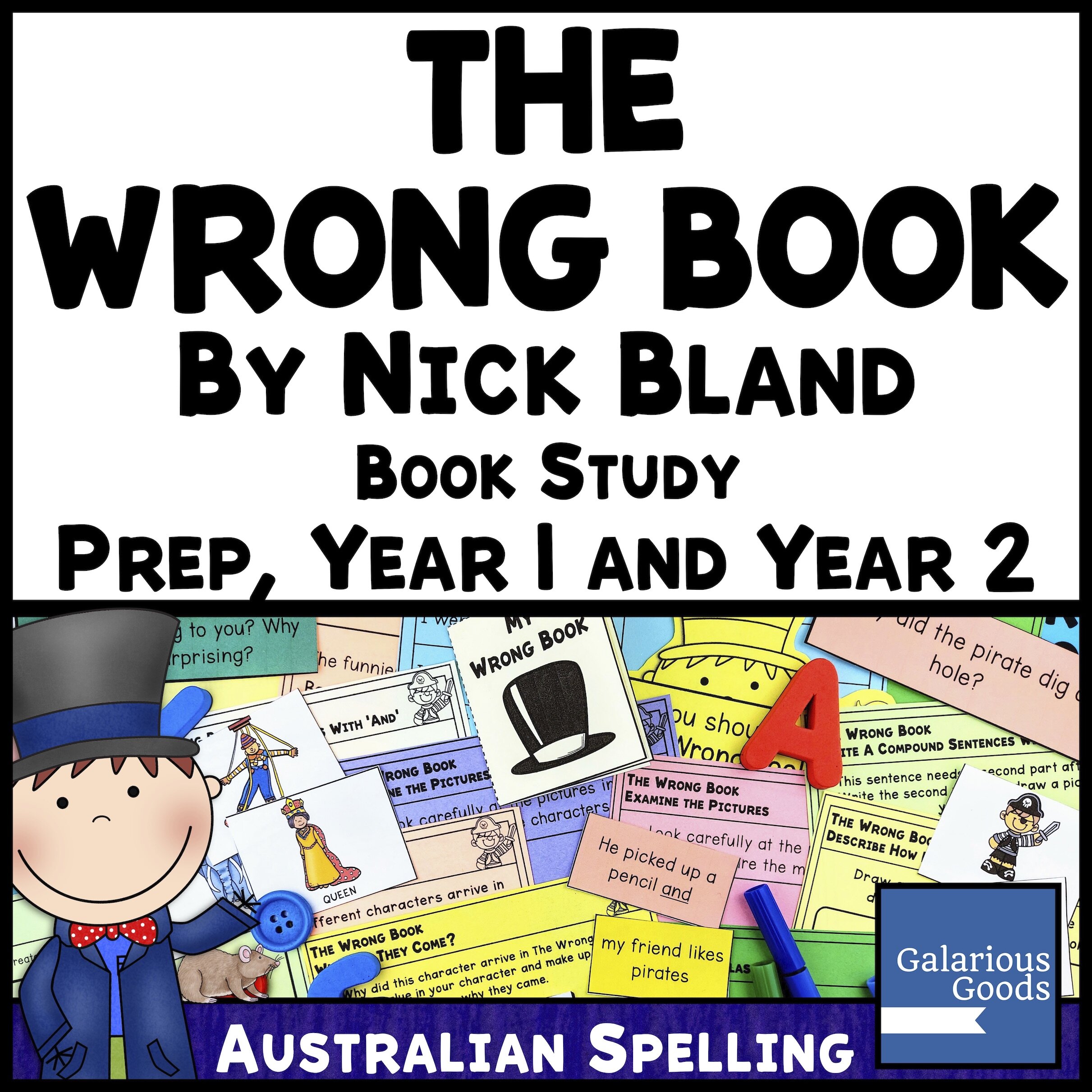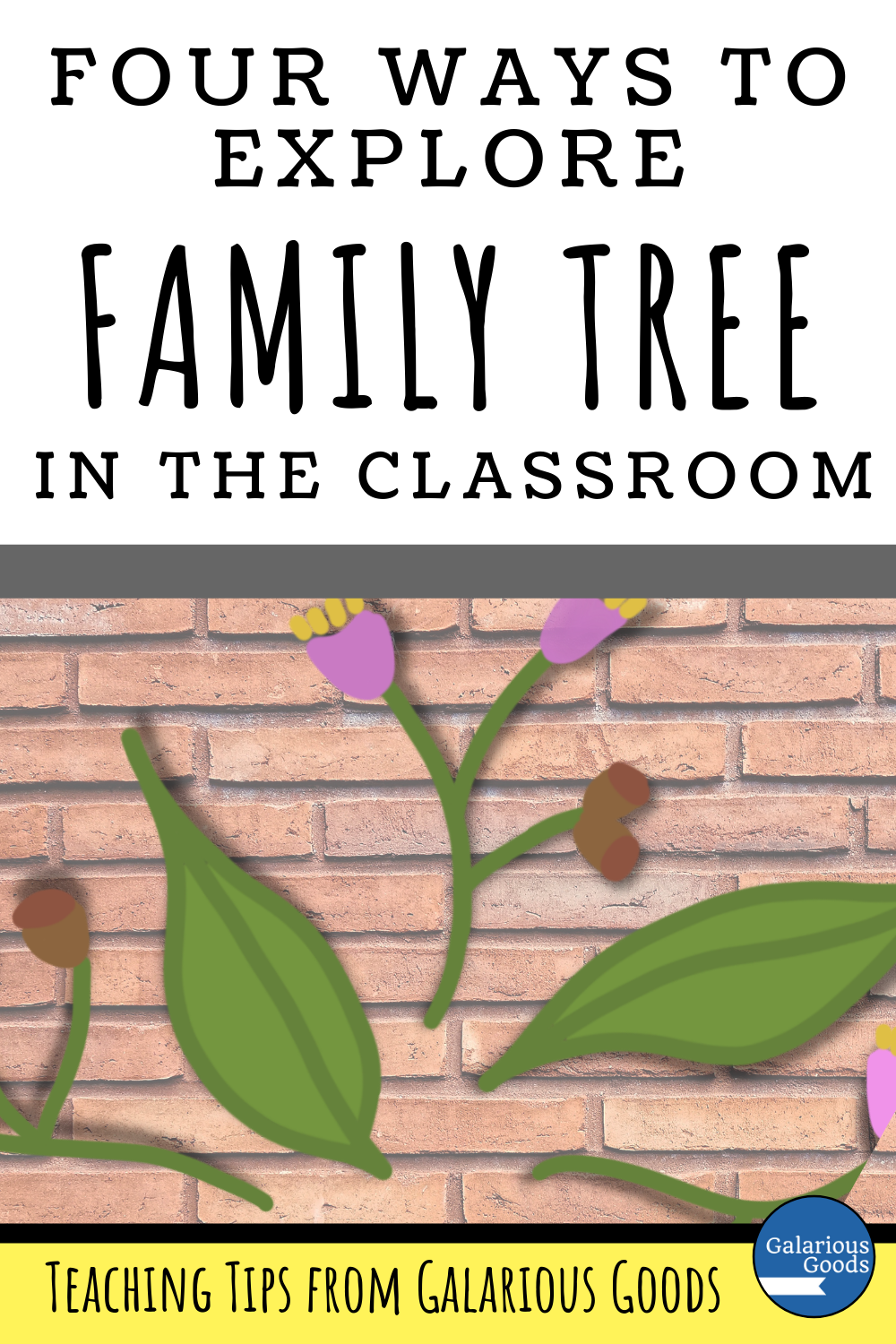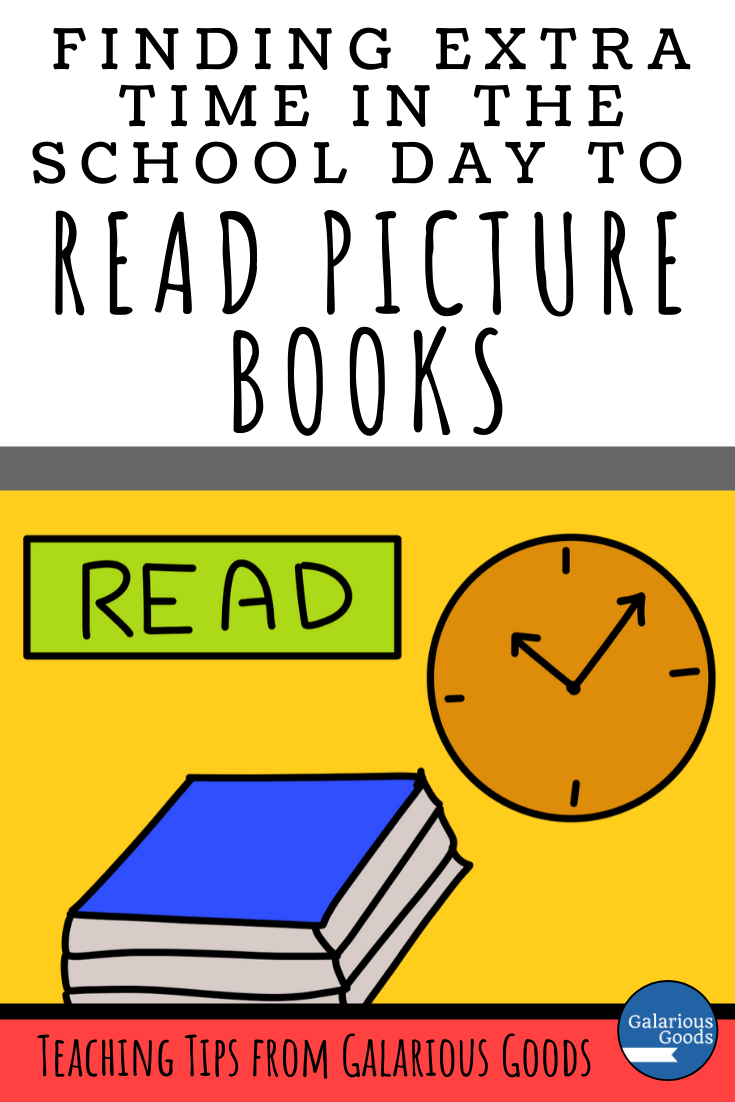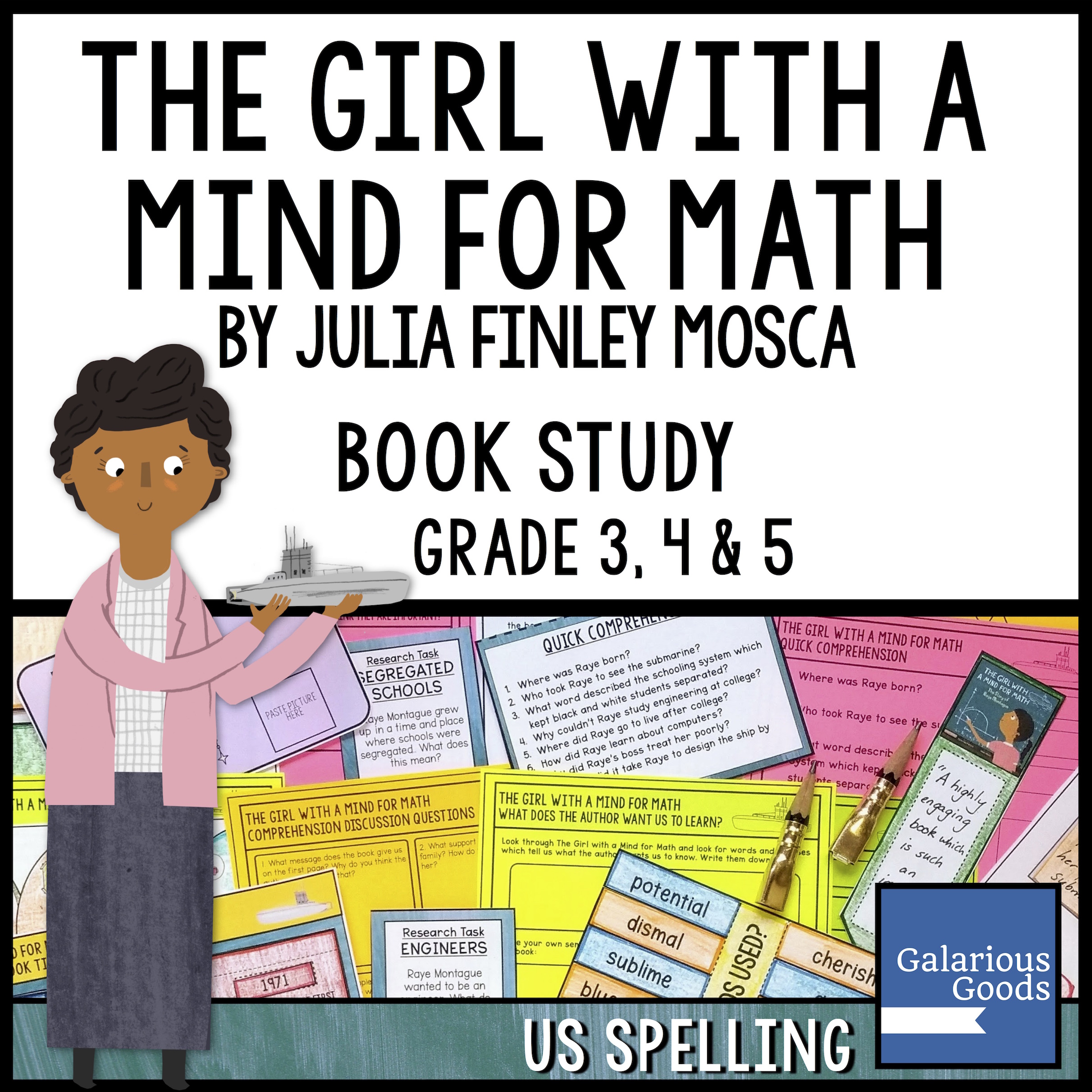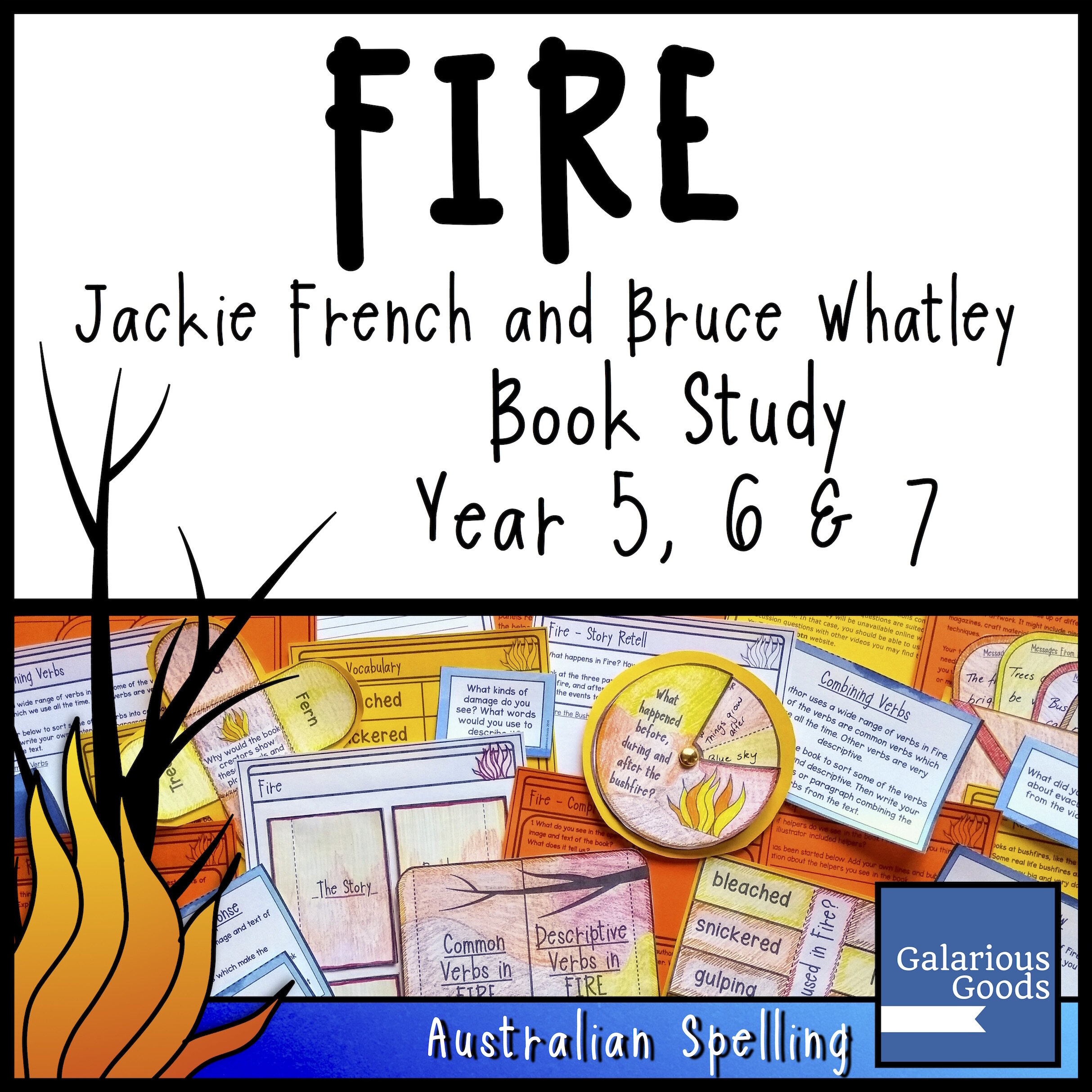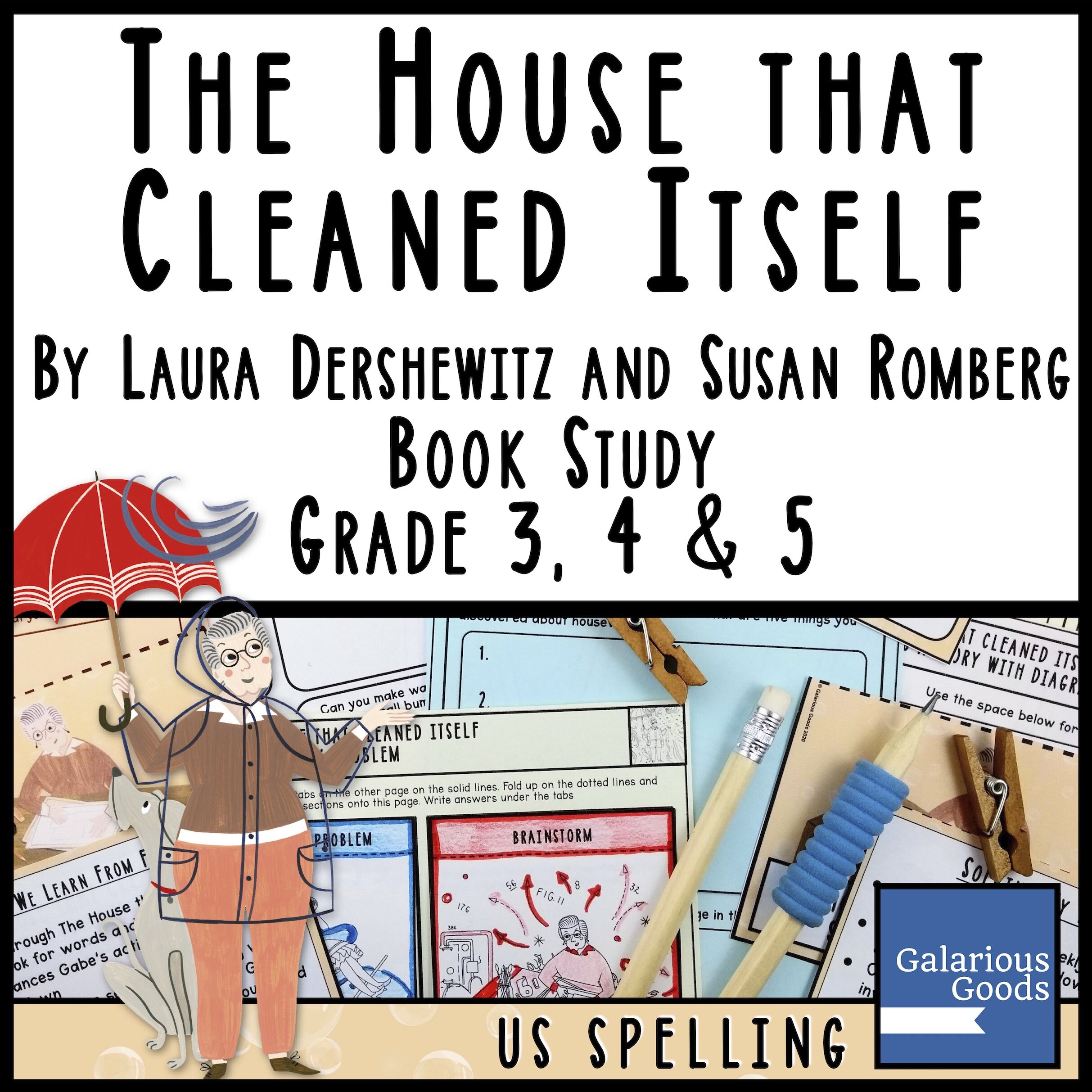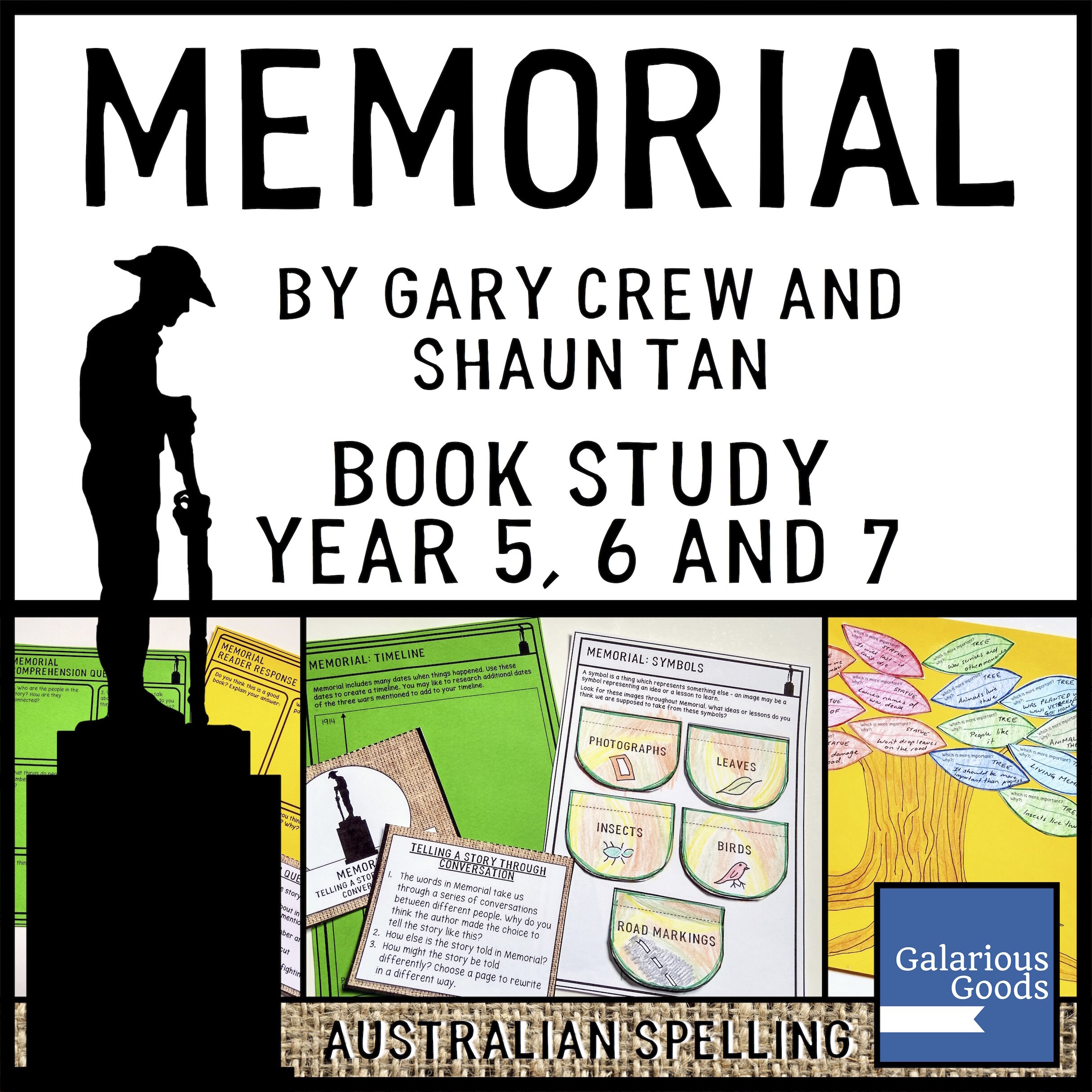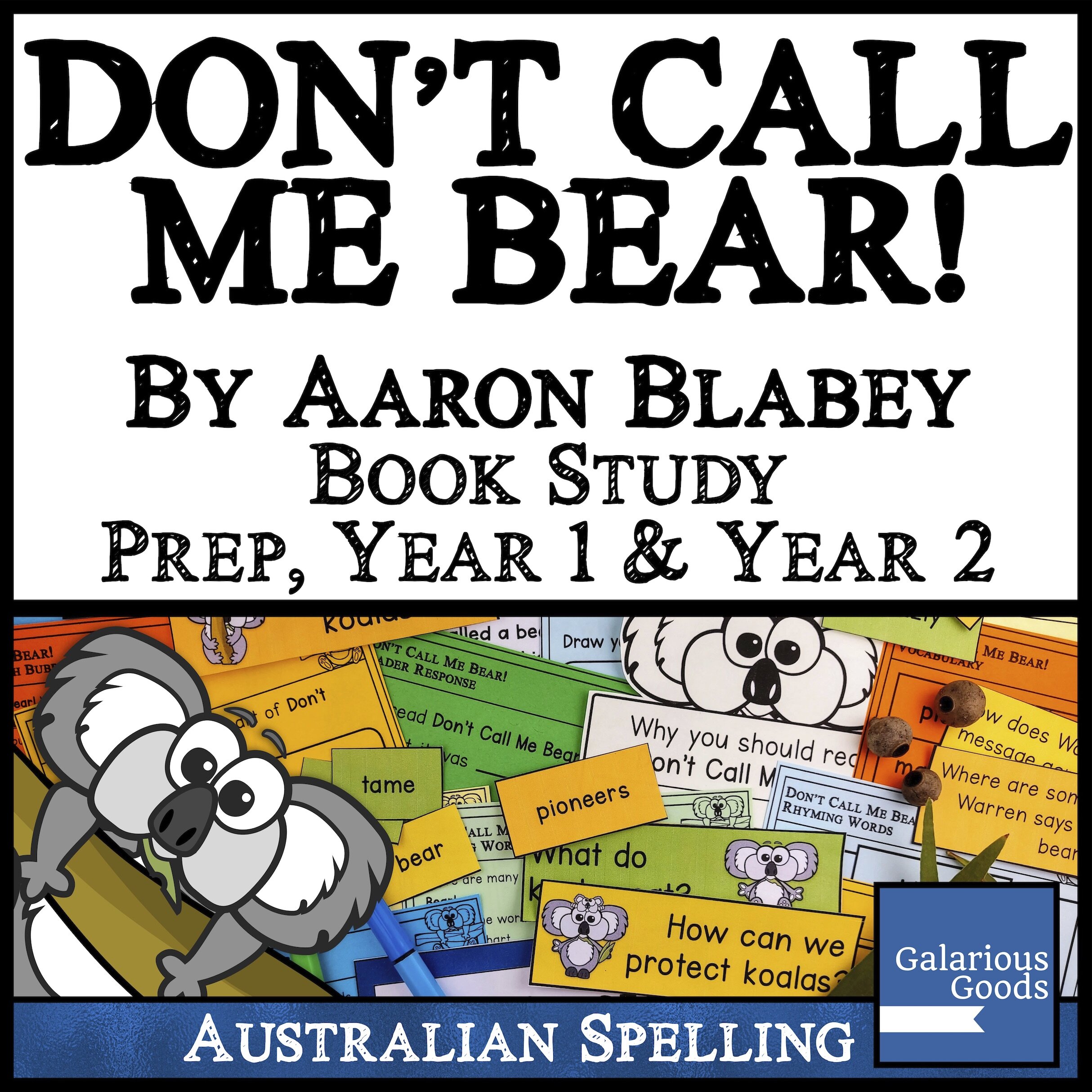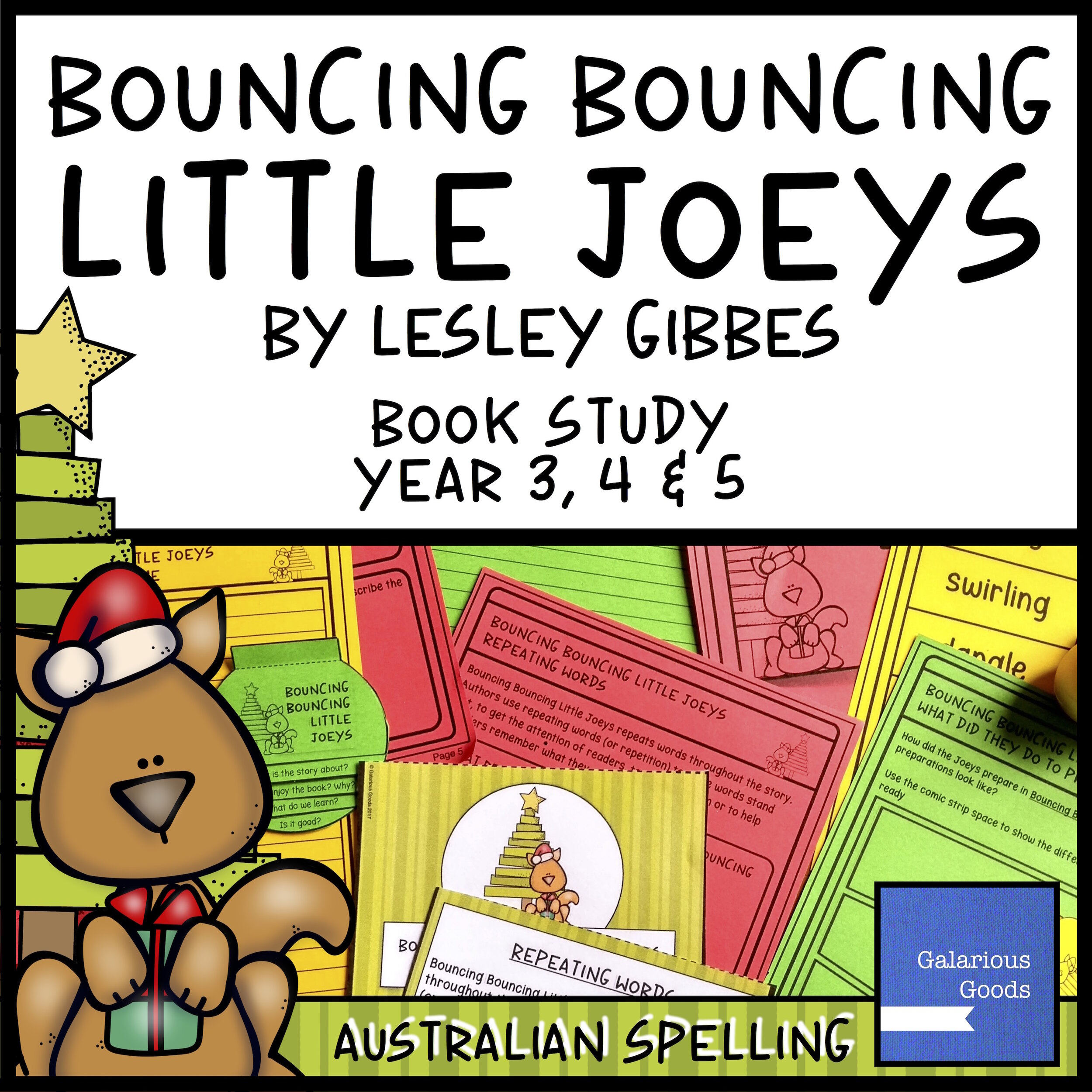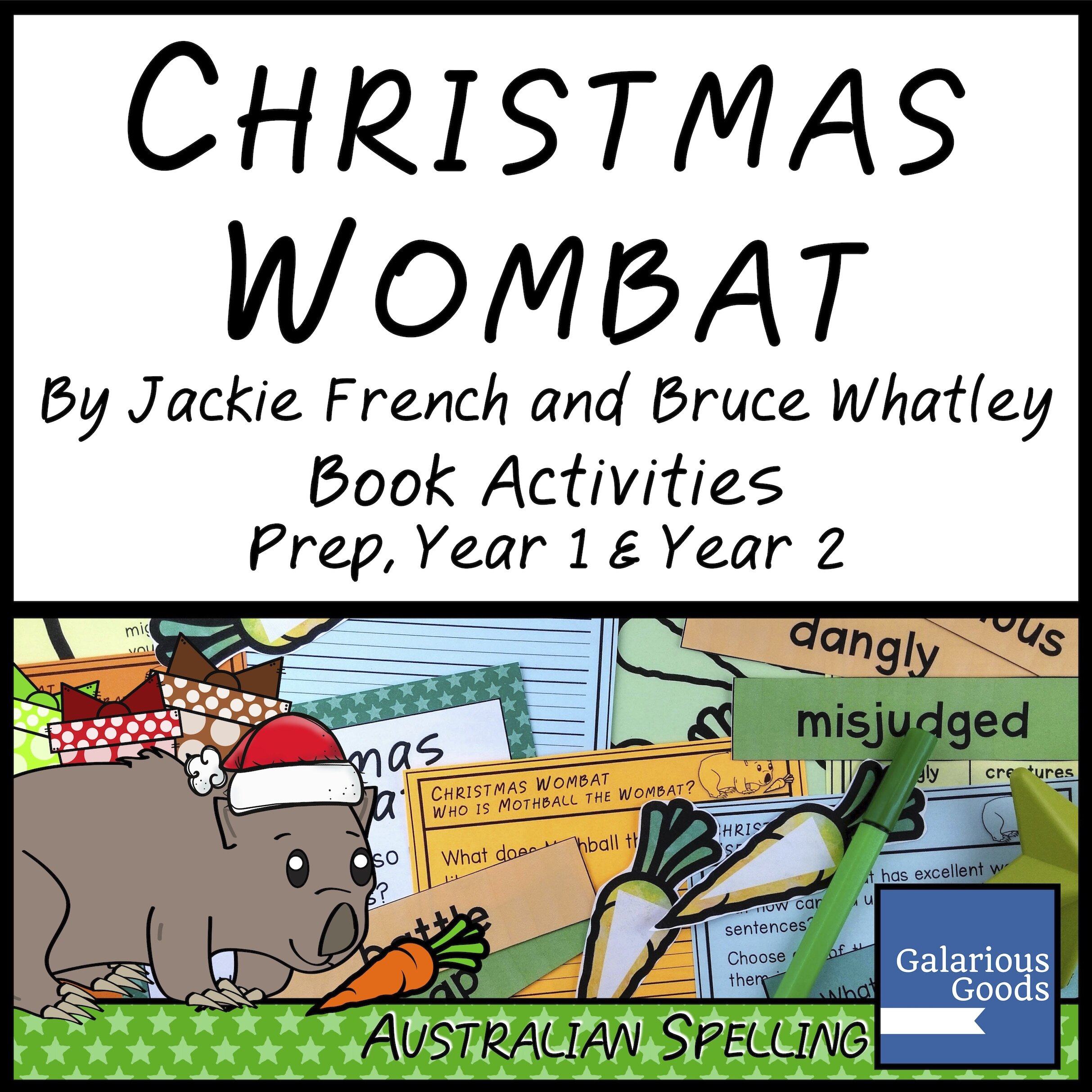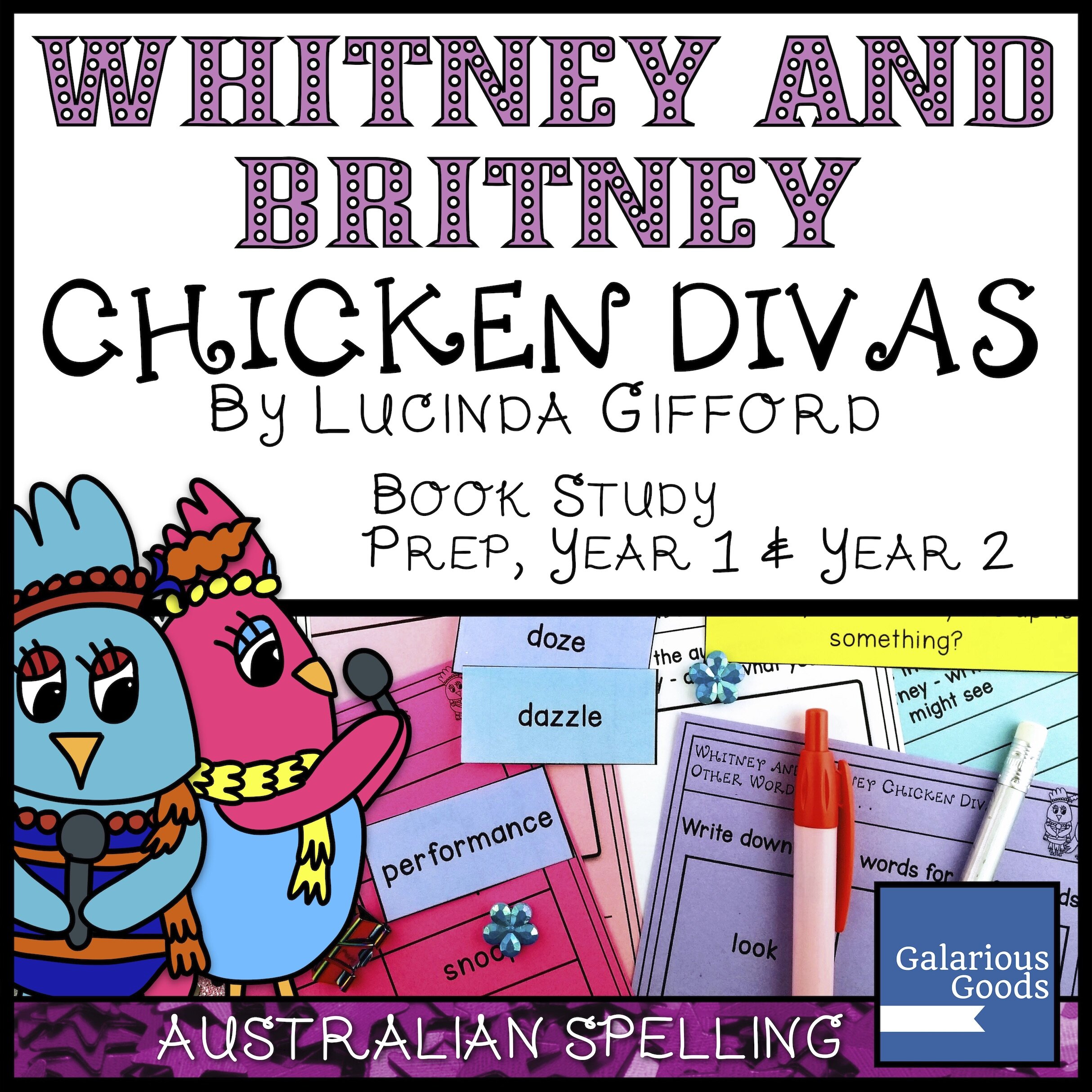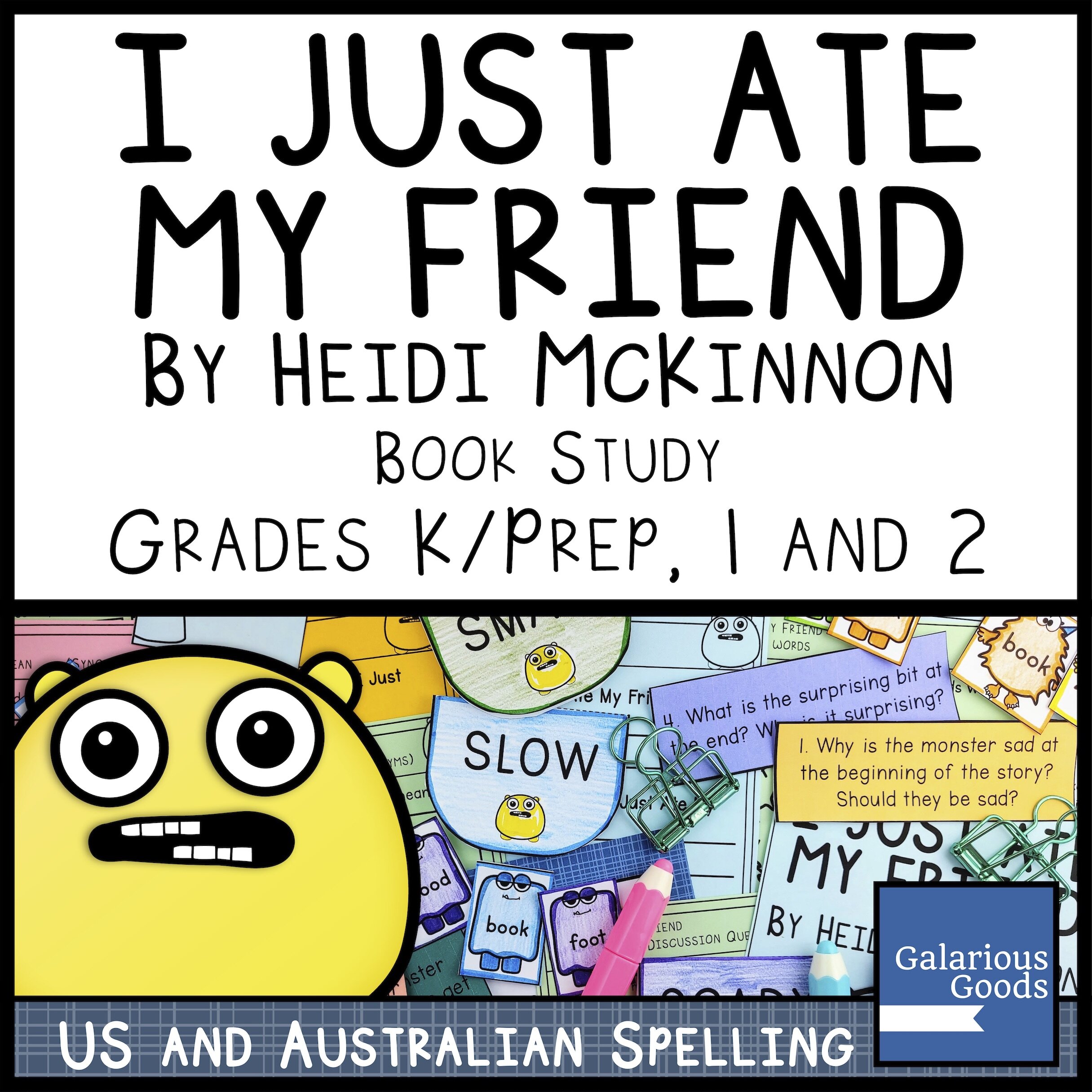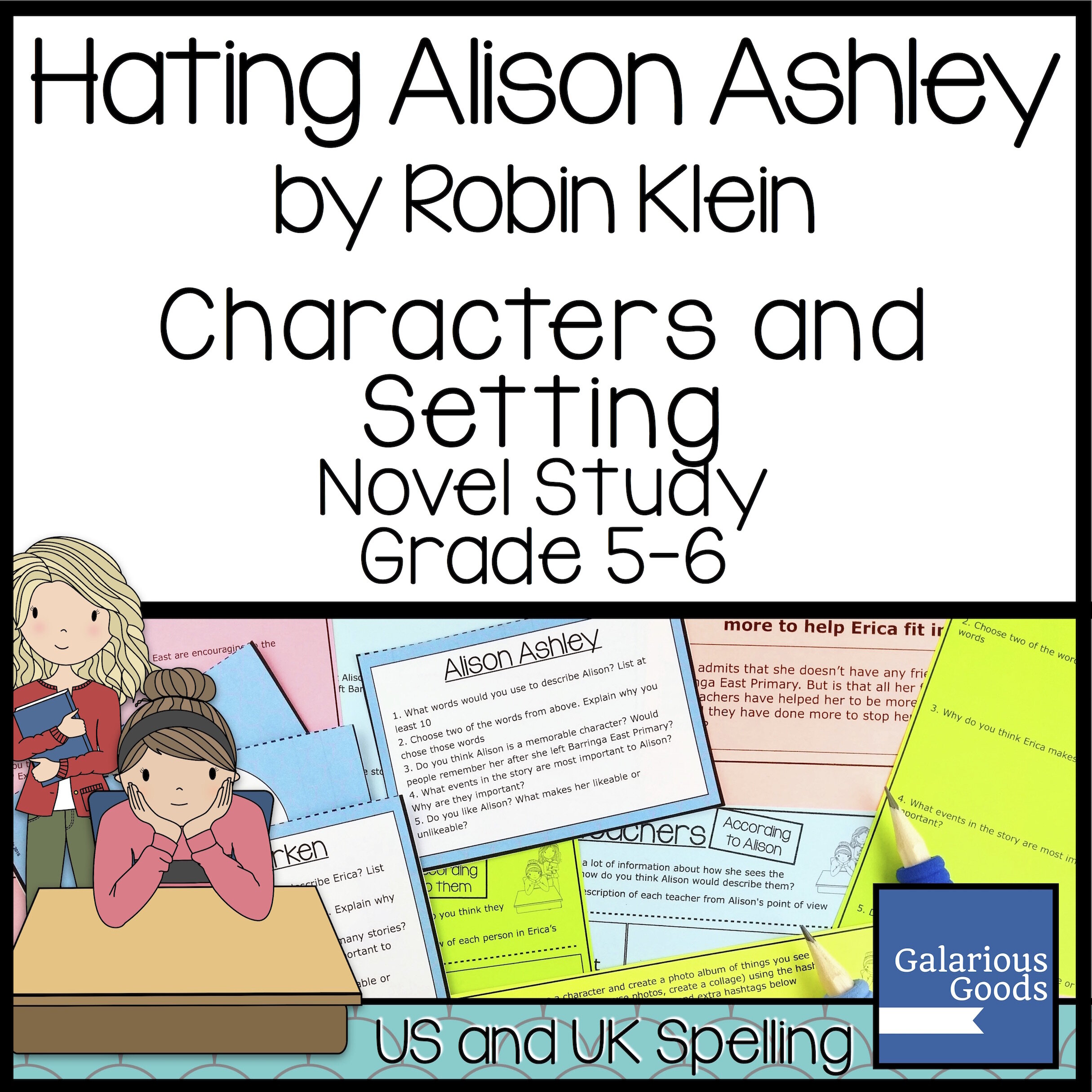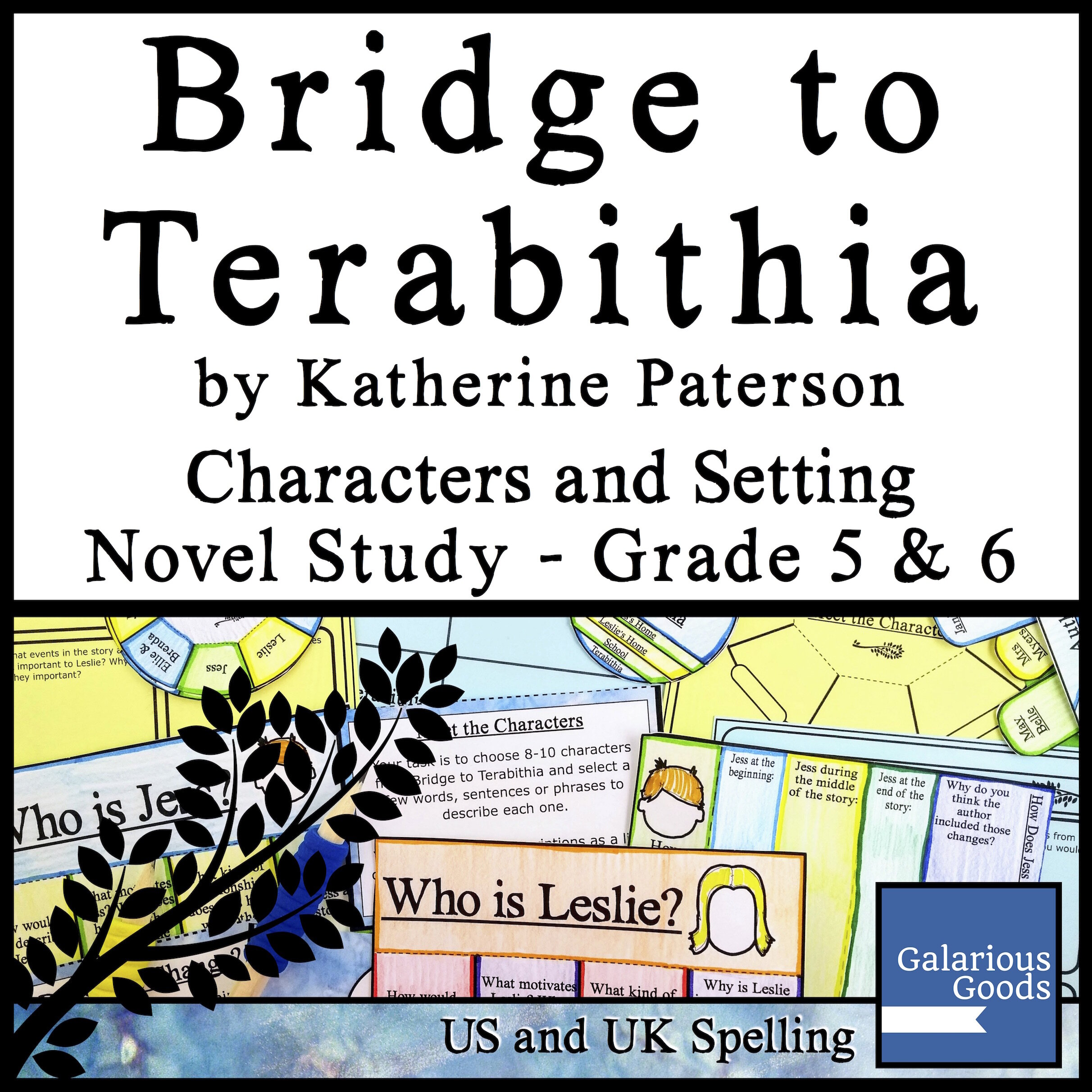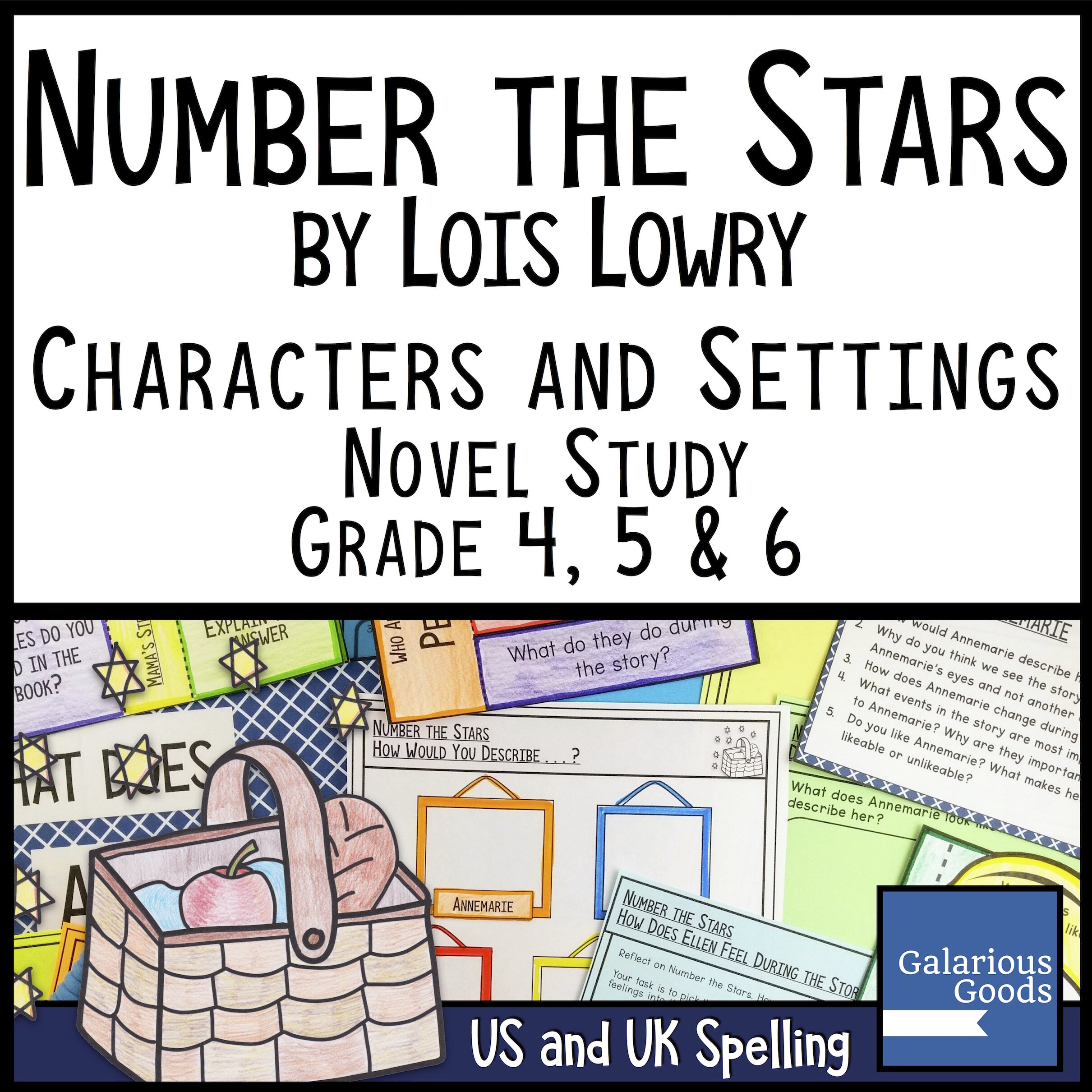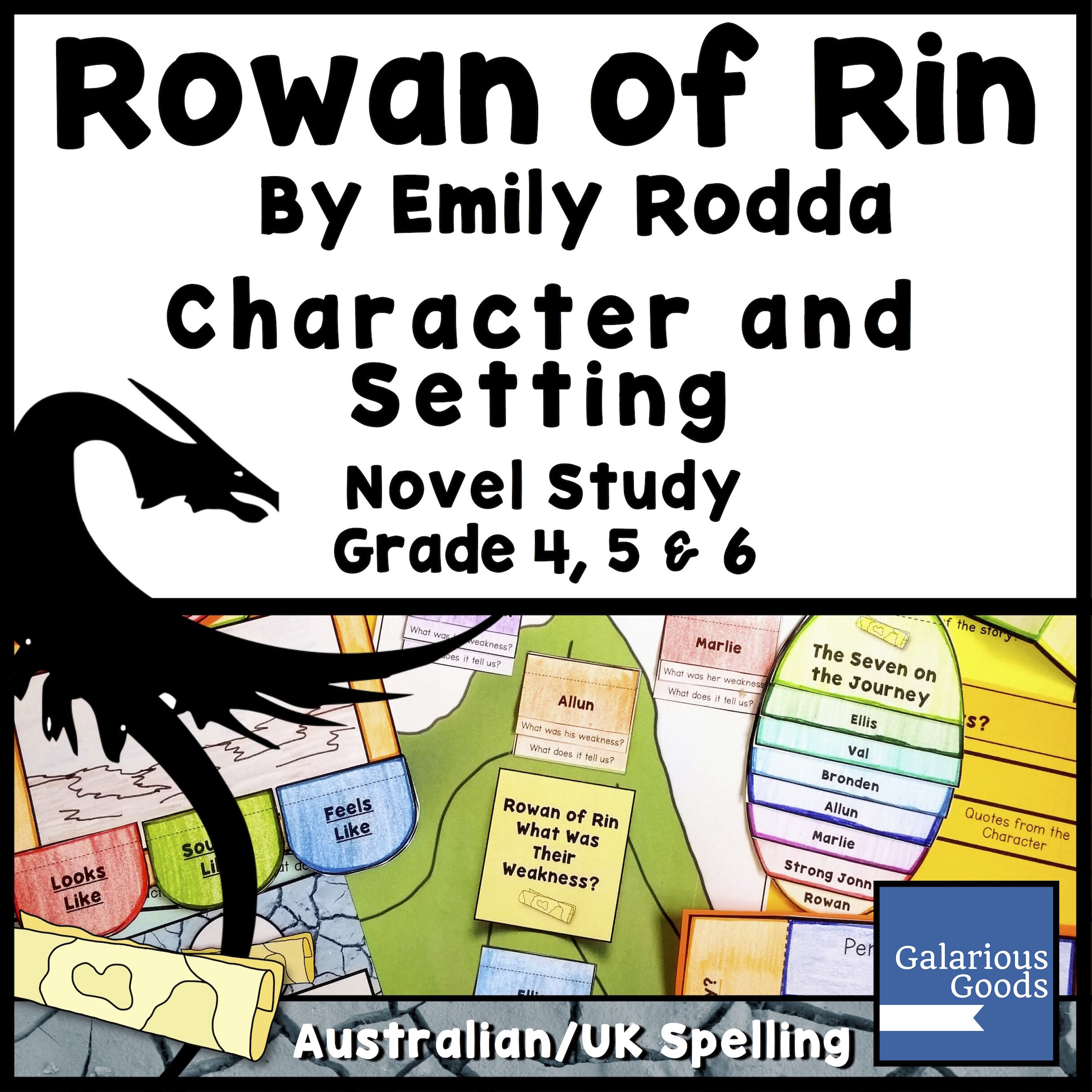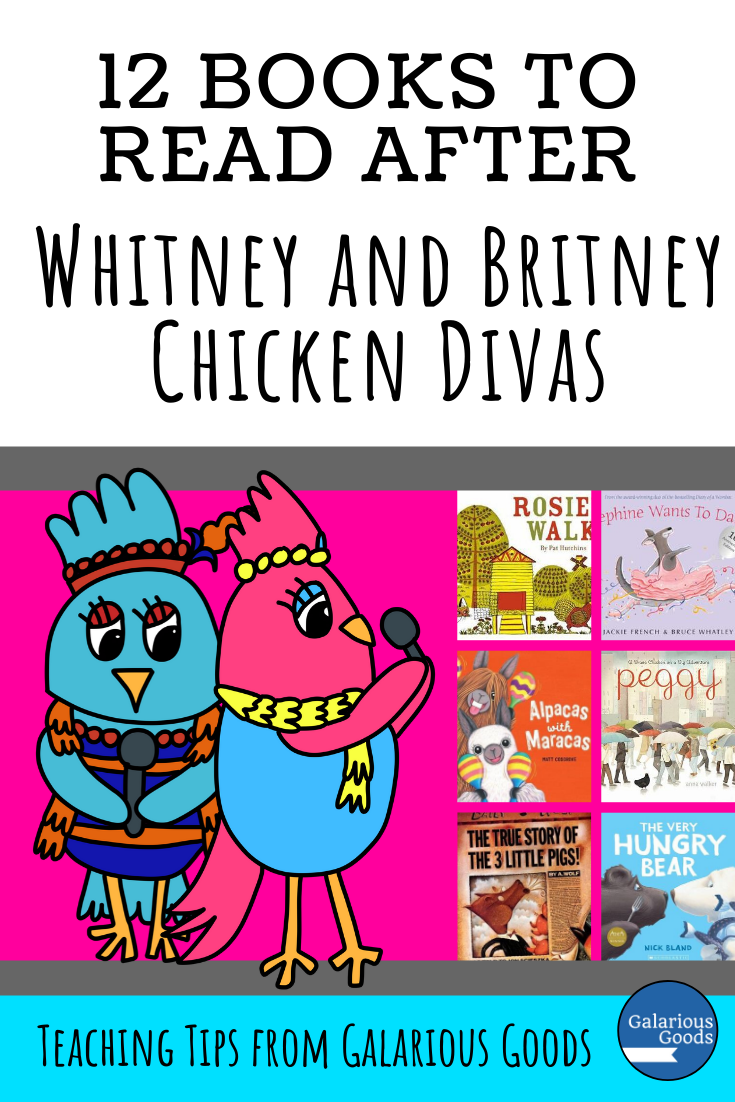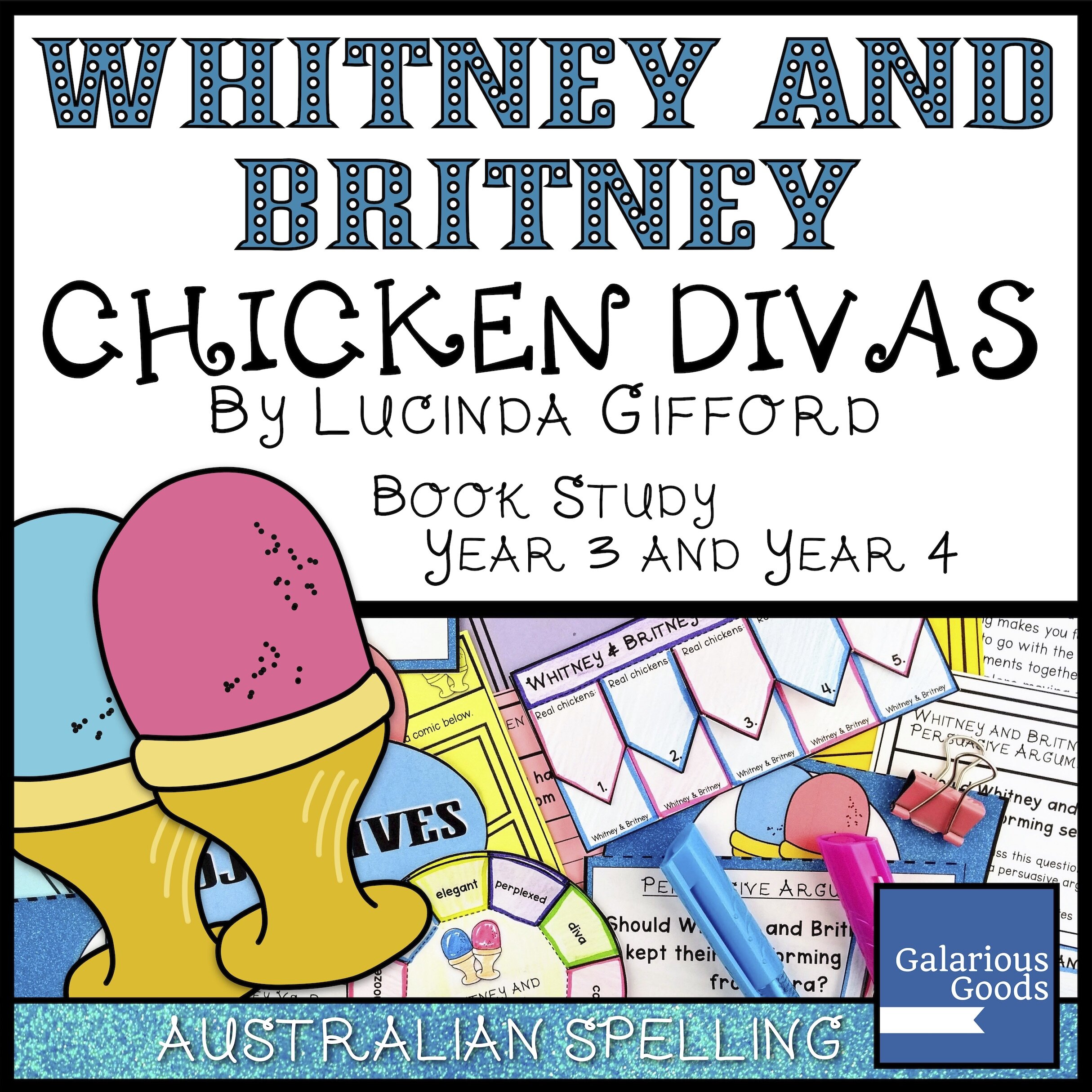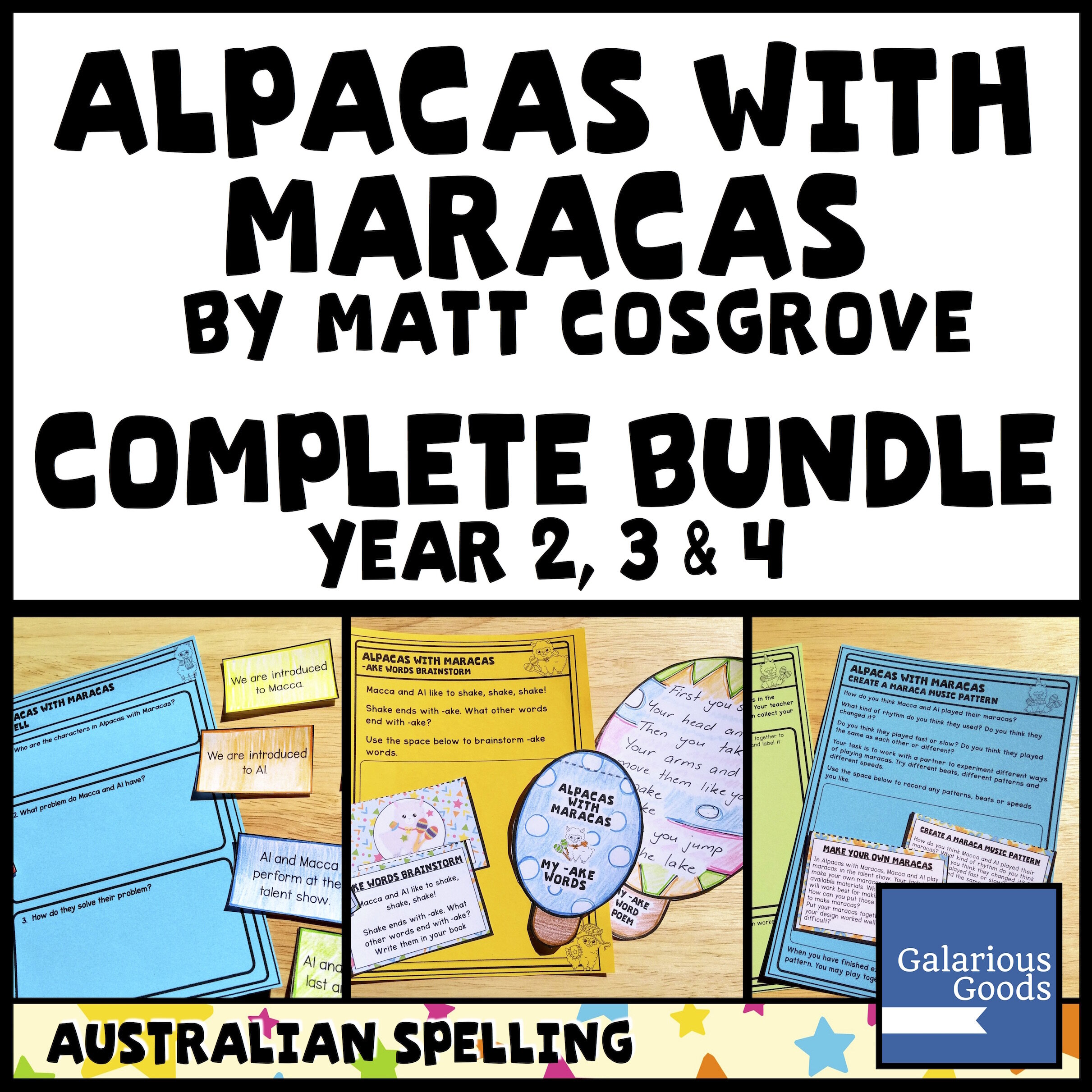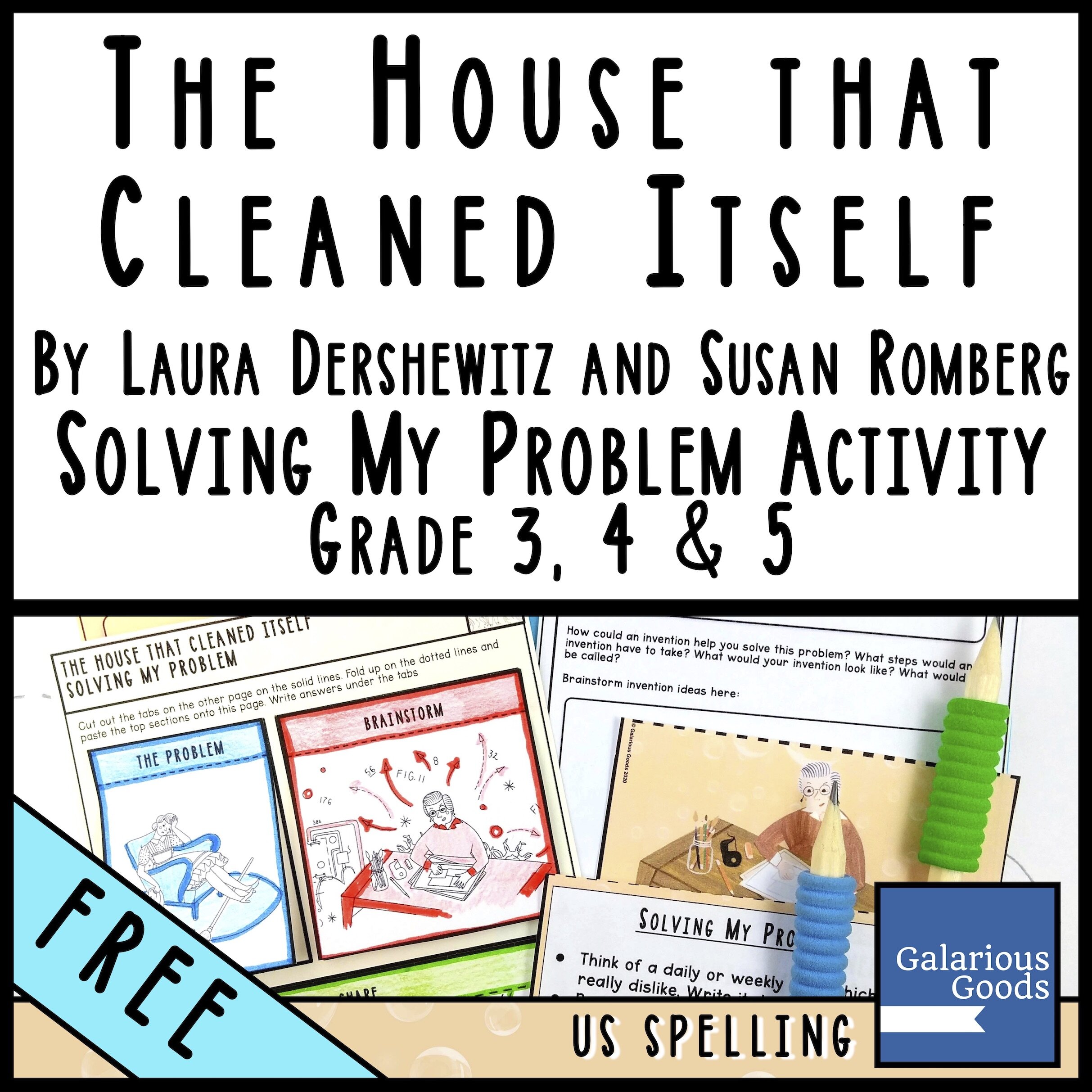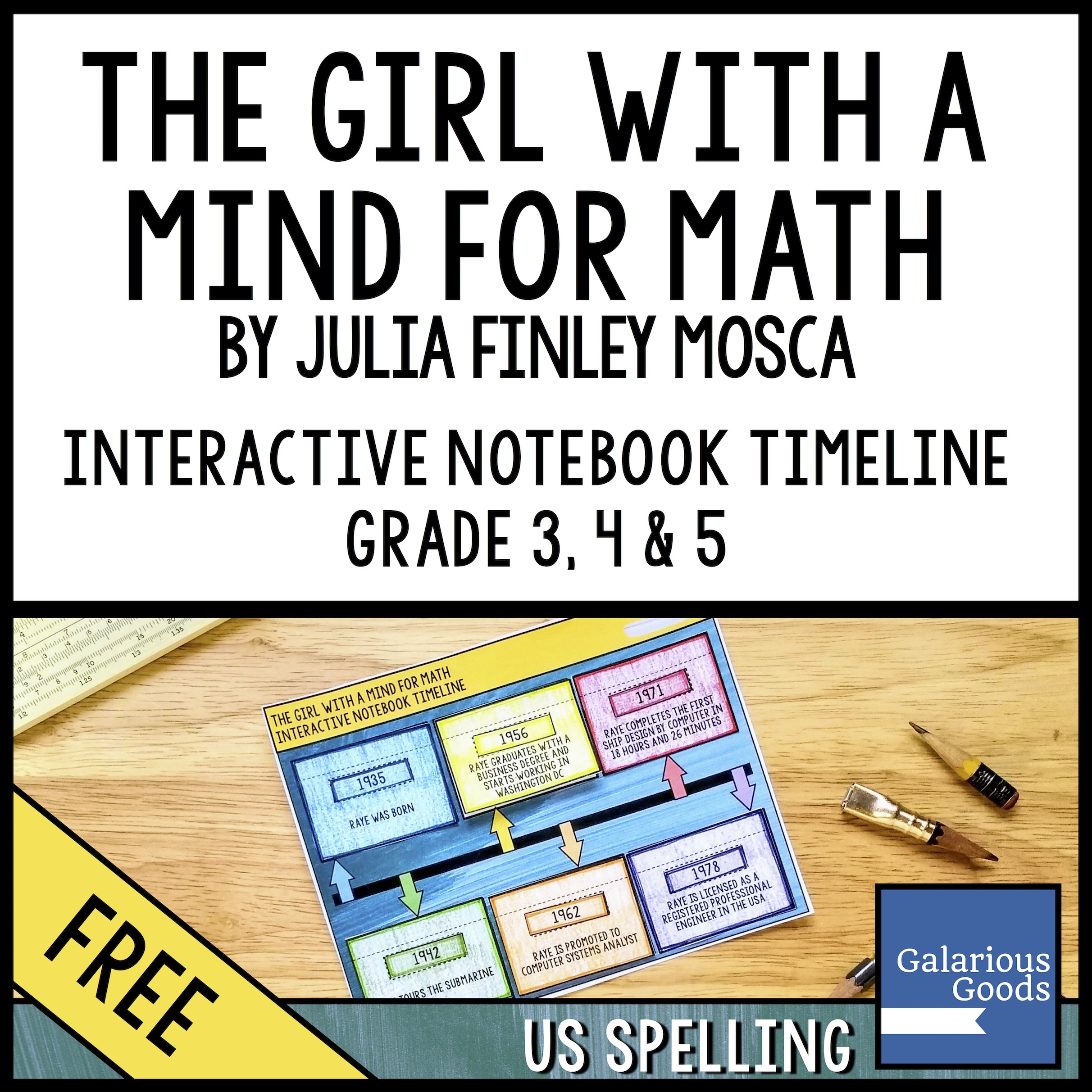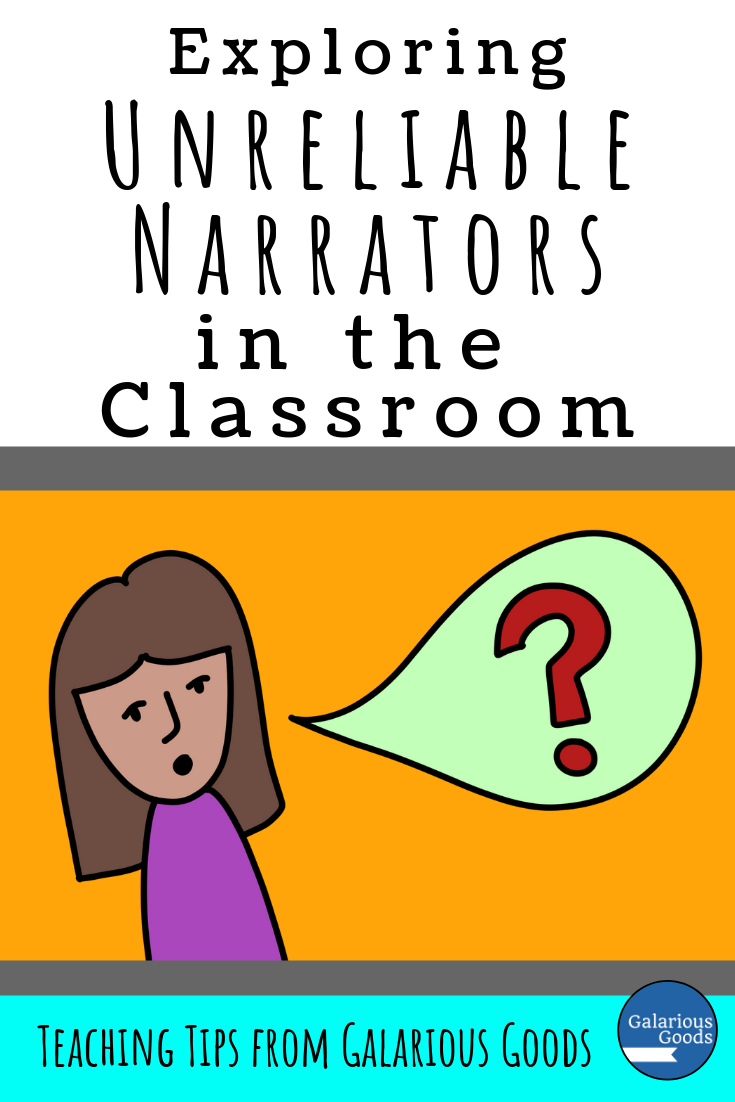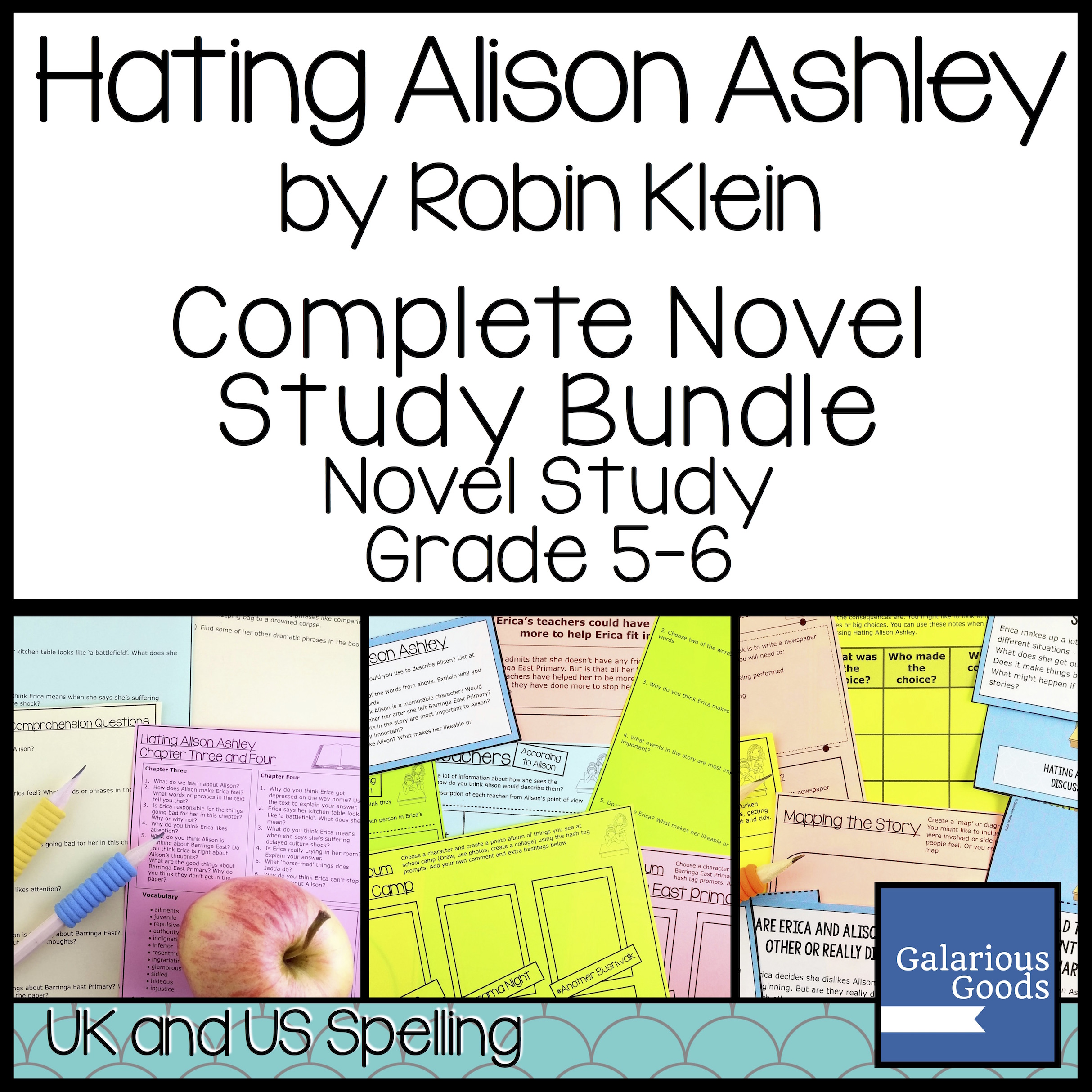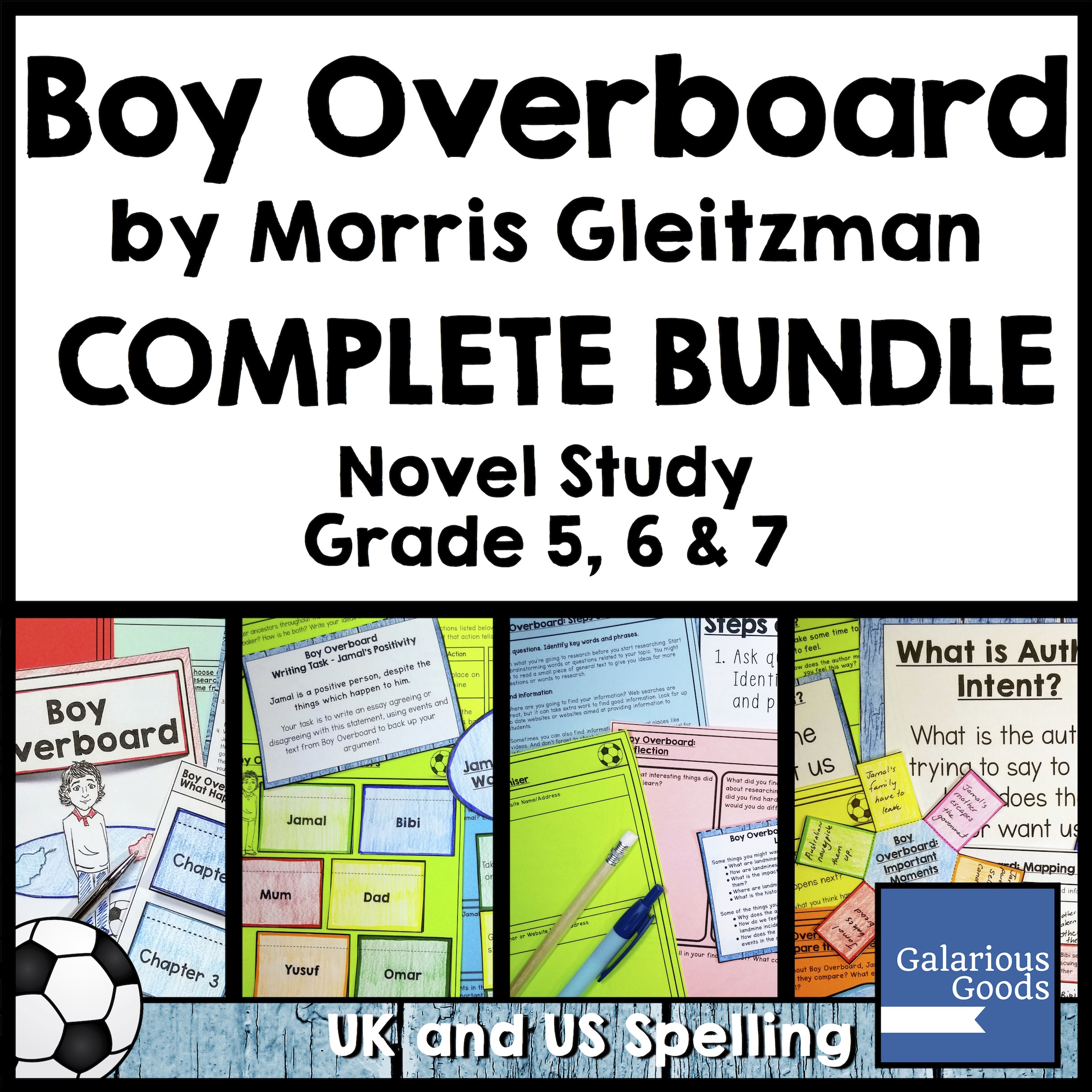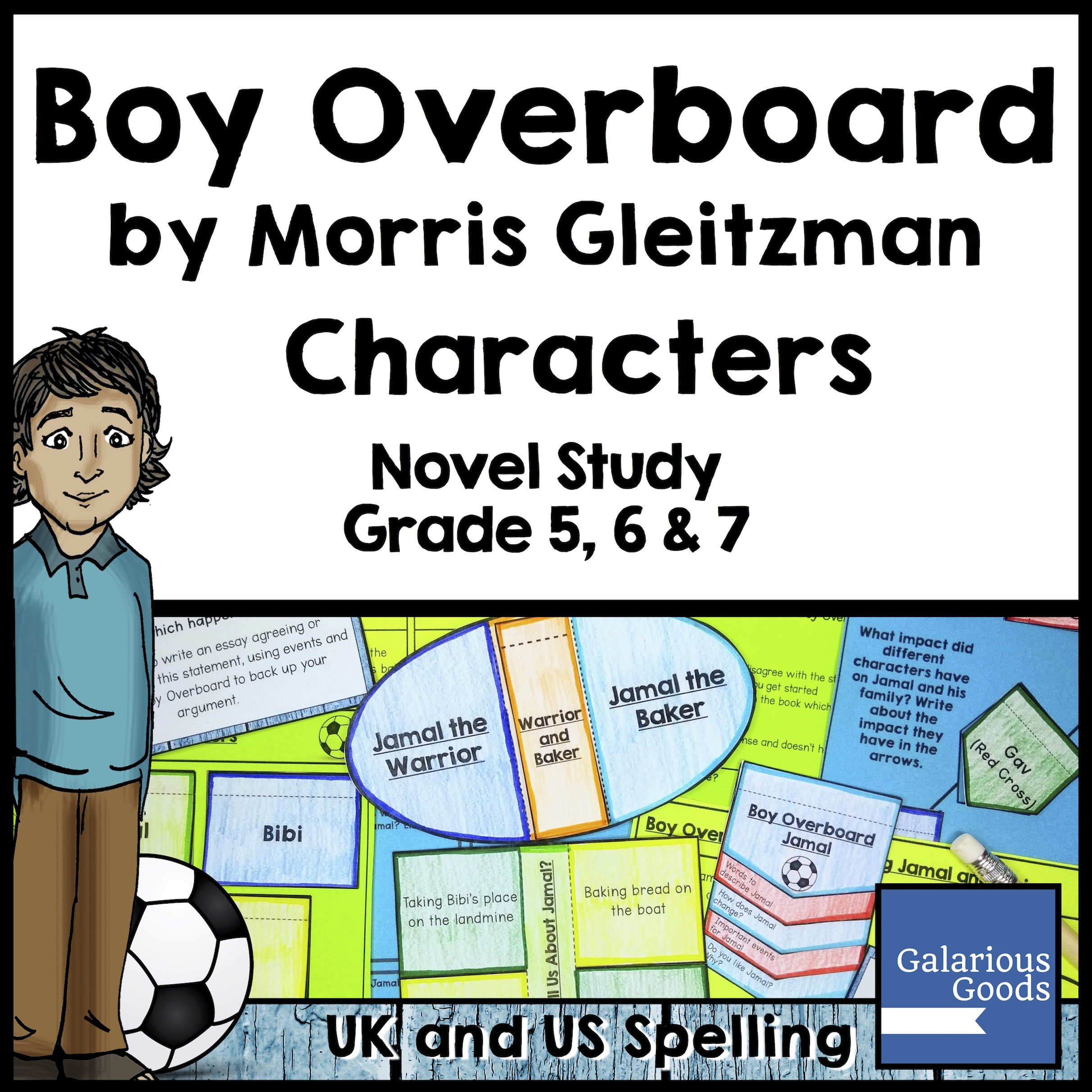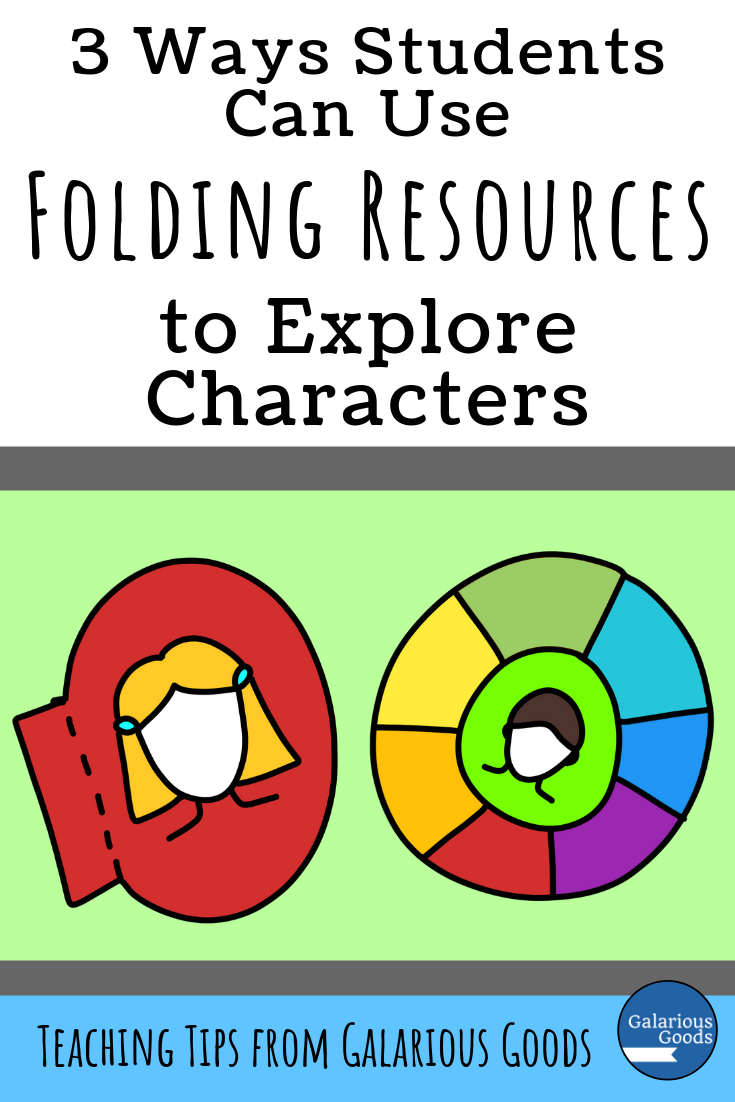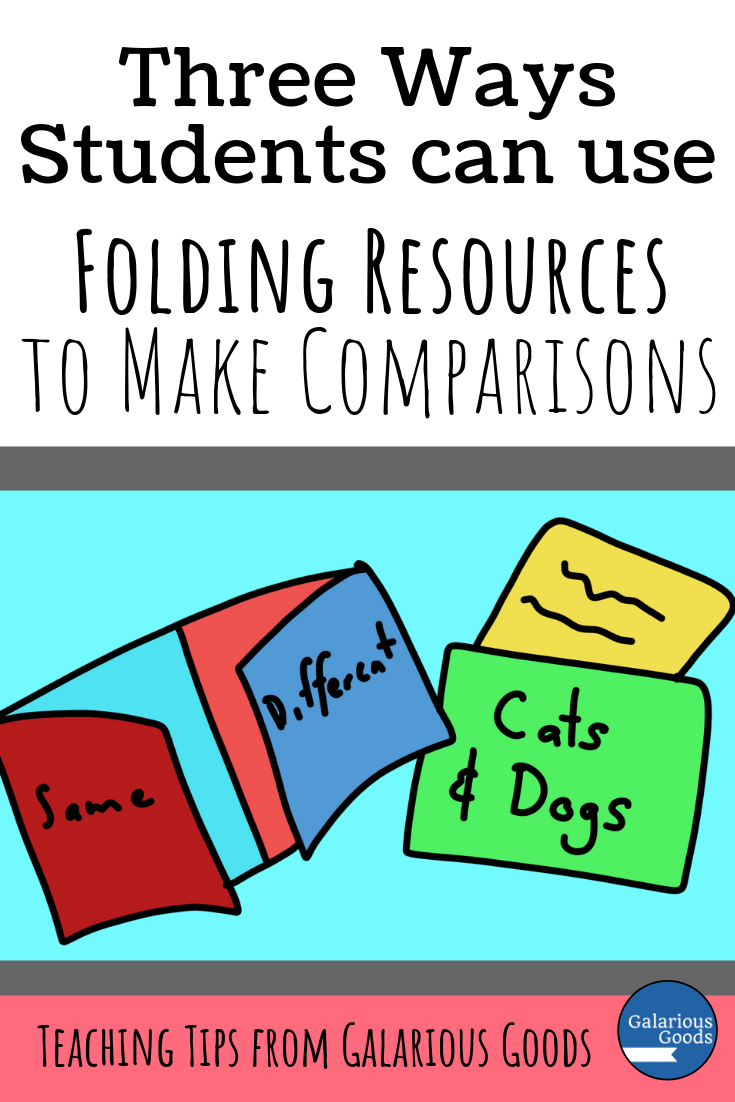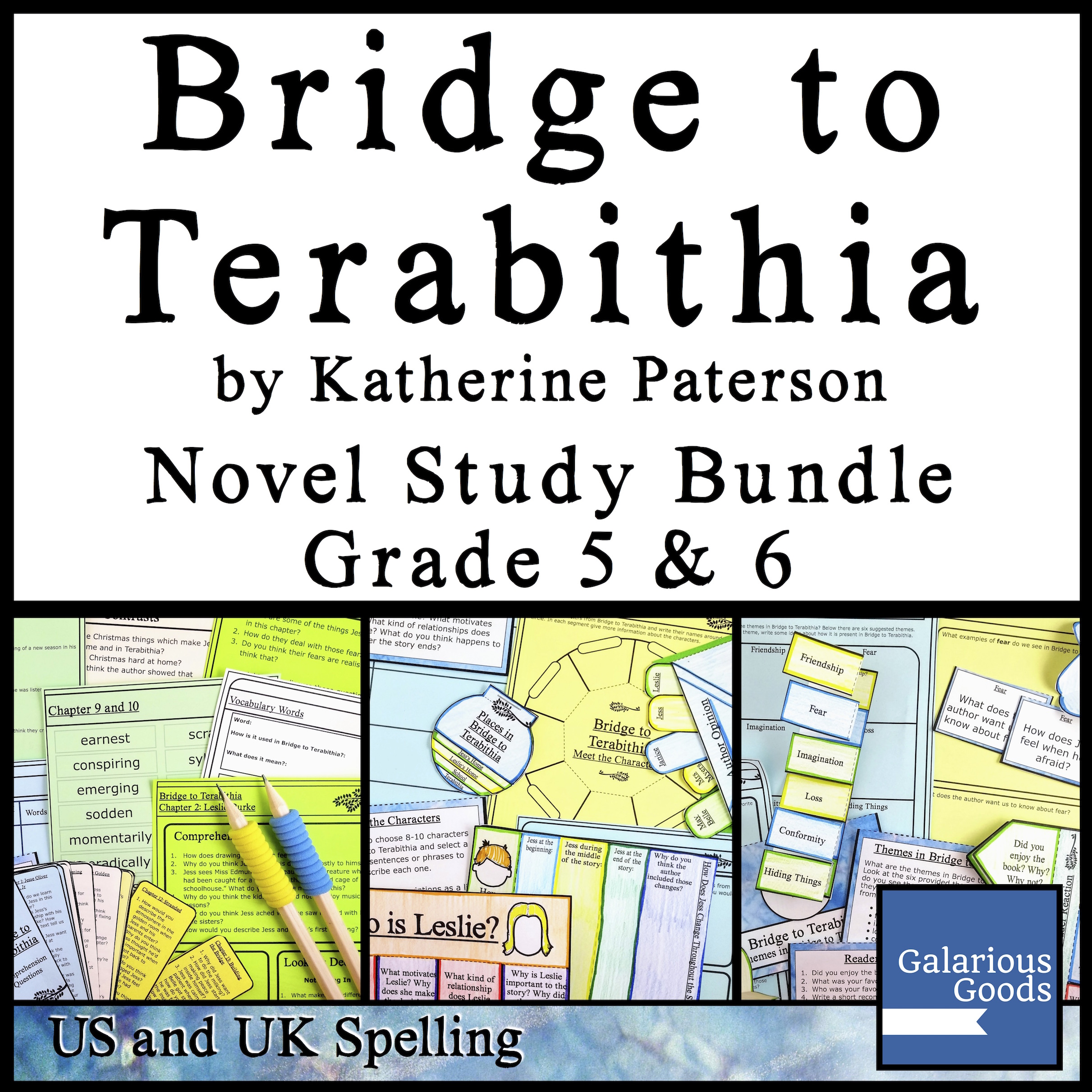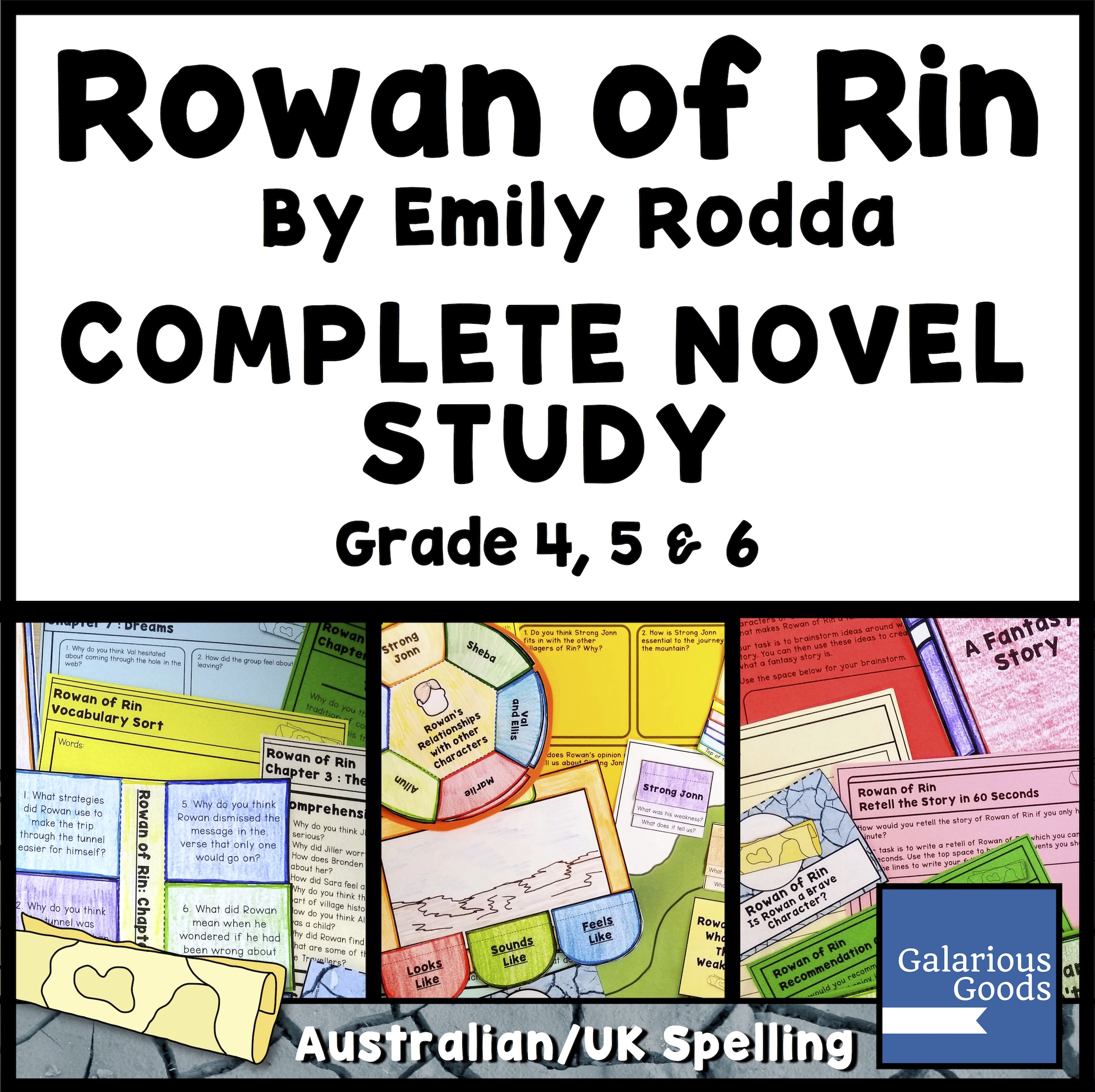5 Places You Can Find Picture Books
/So you want to add more picture books into your classroom. That’s great! But where are you going to find them? And how are you going to find them without spending every single cent you earn? Here’s some ideas for finding picture books for your classroom library collection!
1. Your favourite book shop (or other place to purchase books)
The first place you’ll probably look for picture books is your local bookshop. If you’re lucky enough to live near an independent bookstore, it’s definitely worth building a relationship (ie: visiting as much as you can to admire the prettiness) with the shop. Independent bookstores often have books you can’t find elsewhere and booksellers are often well informed about upcoming releases you might like to try out.
Even if you have a book chain rather than an independent bookstore near you, it’s worth building relationships with the staff. My local QBD bookstore has staff who have been there so long they’ve helped nurture my kids into readers. And they always have good recommendations for me when I’m looking for something new.
For low cost books in Australia, Kmart, Target and Big W have smaller selections, but are usually good for the most common books and a few hidden gems. However, if you’re wanting something from another country or something more rare, you might need to look towards online bookshops. It’s worth shopping around a bit with these - sometimes it makes it easier to find a good deal.
2. Second hand/op shops/thrift shops/ marketplaces/garage sales
When I first started teaching, I built my classroom library from local op shops (thrift shops). Then I went to the big Lifeline Book Sale which is usually held in Brisbane each year and left with armfuls of affordable second hand books.
These days, it’s worth checking online marketplaces like Facebook or Gumtree to find second hand picture books. And don’t forget the humble garage sale - my daughter’s kindy teacher is an expert at finding high quality second hand books at those.
3. School library
What if you have absolutely no money for picture books and you need them right away? Talk to your school librarian about some great books to borrow from the school library. Your librarian might have a system to make sure you can rotate books in and out of your classroom which suit what you’re teaching or which work for certain topics you want to cover. And if there’s a book you really want and the school library doesn’t own it, they might be willing to add it to their ‘to-buy’ list.
4. Public Library
Don’t forget your local public library! Mine is brilliant for new and interesting picture books - high quality books I haven’t seen anywhere else. Like school librarians, the librarians at your local library might be able to help you find the most appropriate books and some libraries also have special borrowing limits for teachers!
5. Organise buying with other teachers
If you’ve got teacher friends you’re willing to lend books to, organise it with them so you don’t double up the books you’re buying. Whether it’s just one other teacher or a small group, create a list of books you’d all like and let the other teachers know when you buy one of the books off the list. Then you’ve got borrowing rights to books from your teacher friends and they can borrow yours. It might be worth that little extra organising to get books at a lower price!
